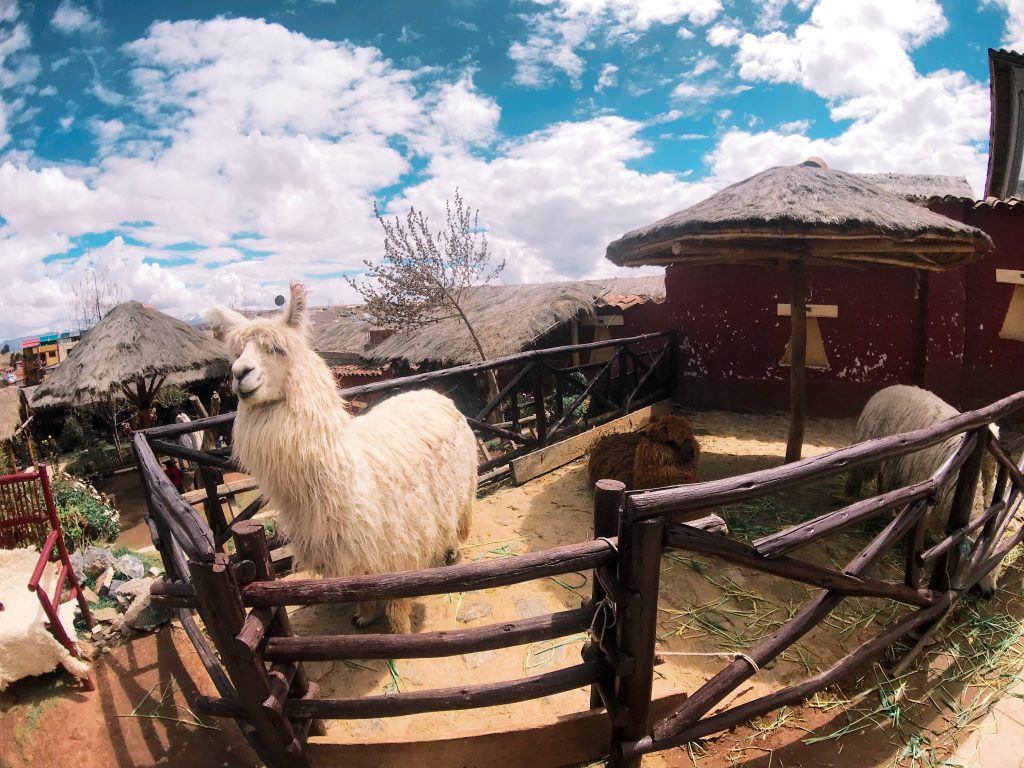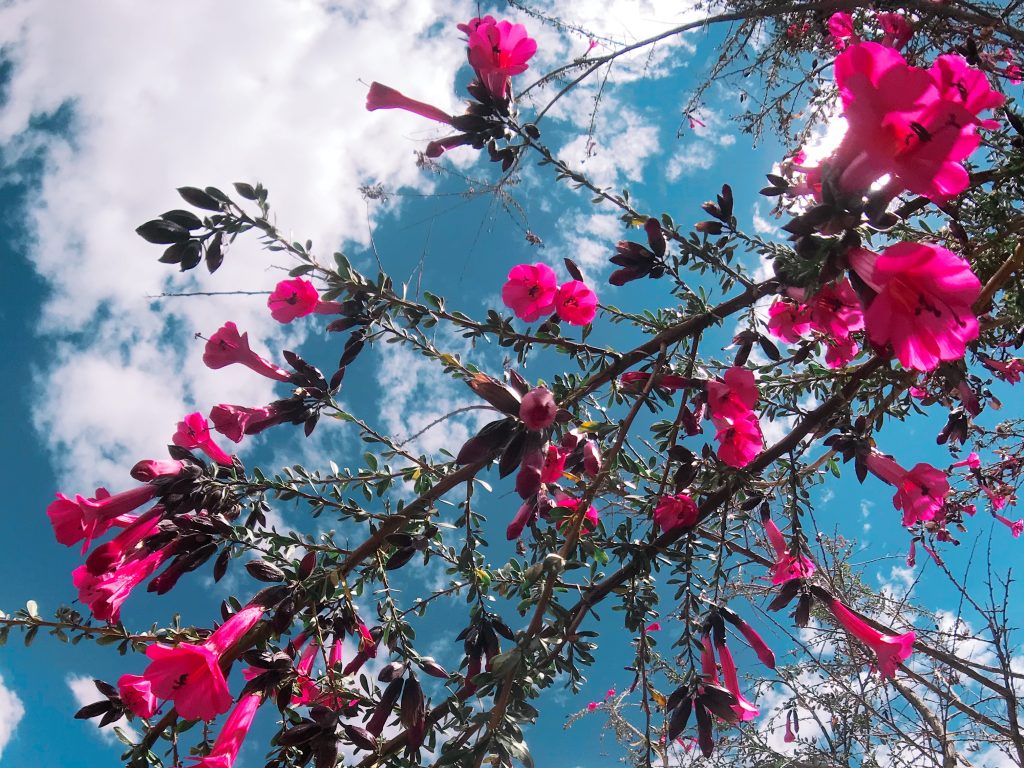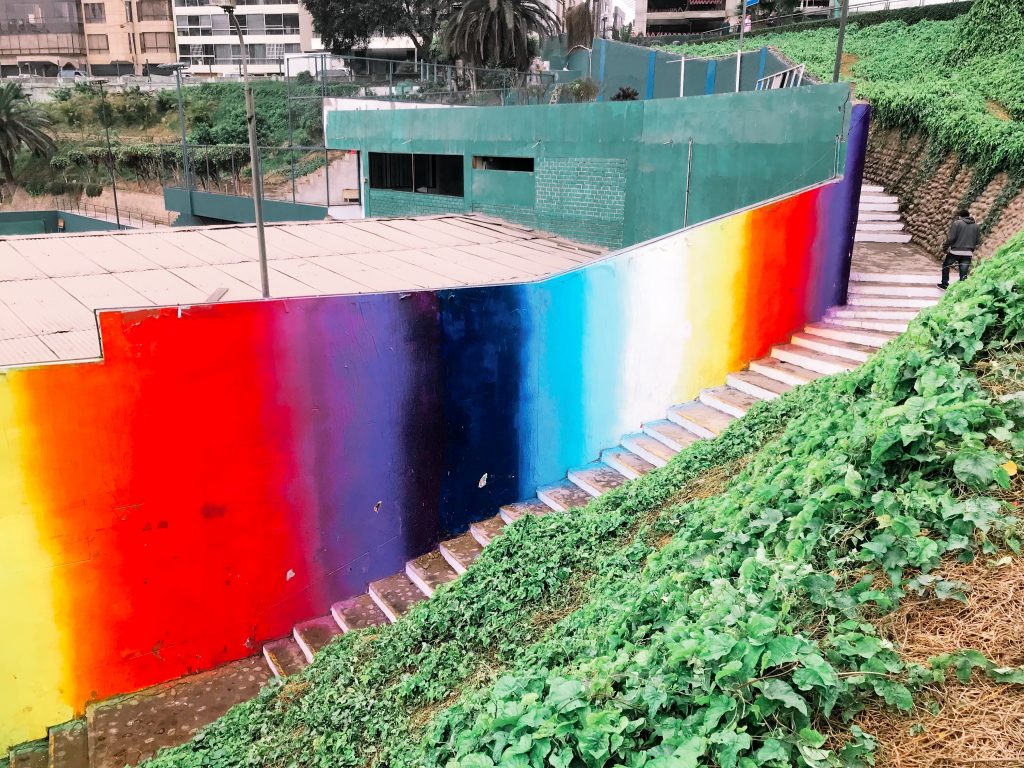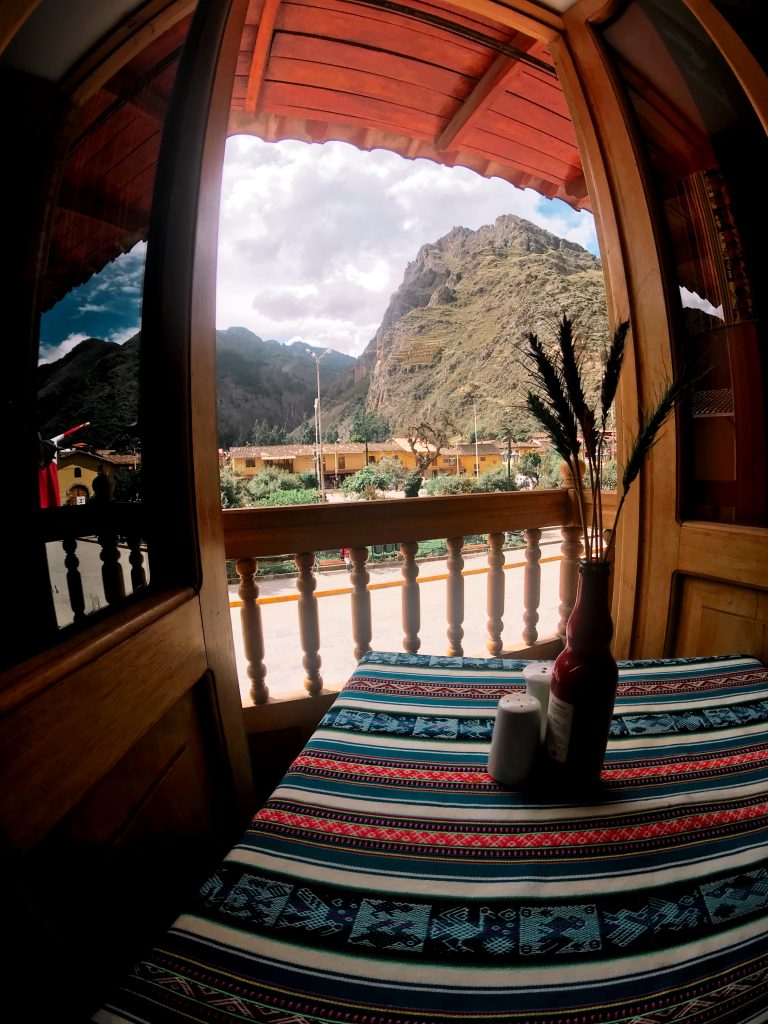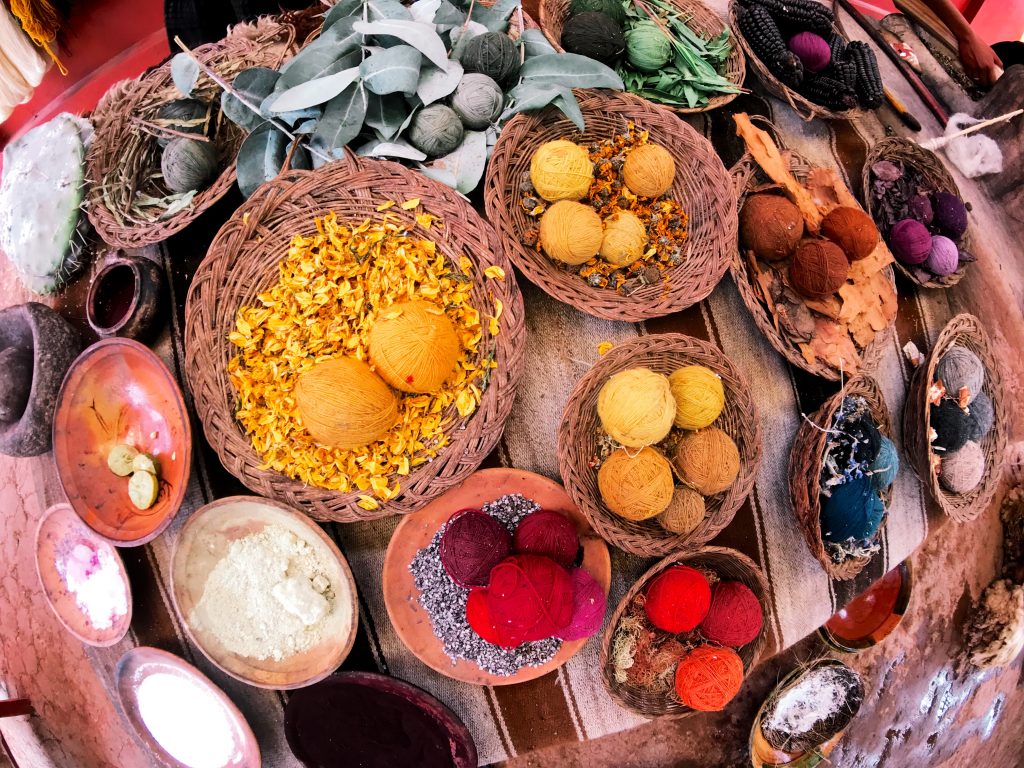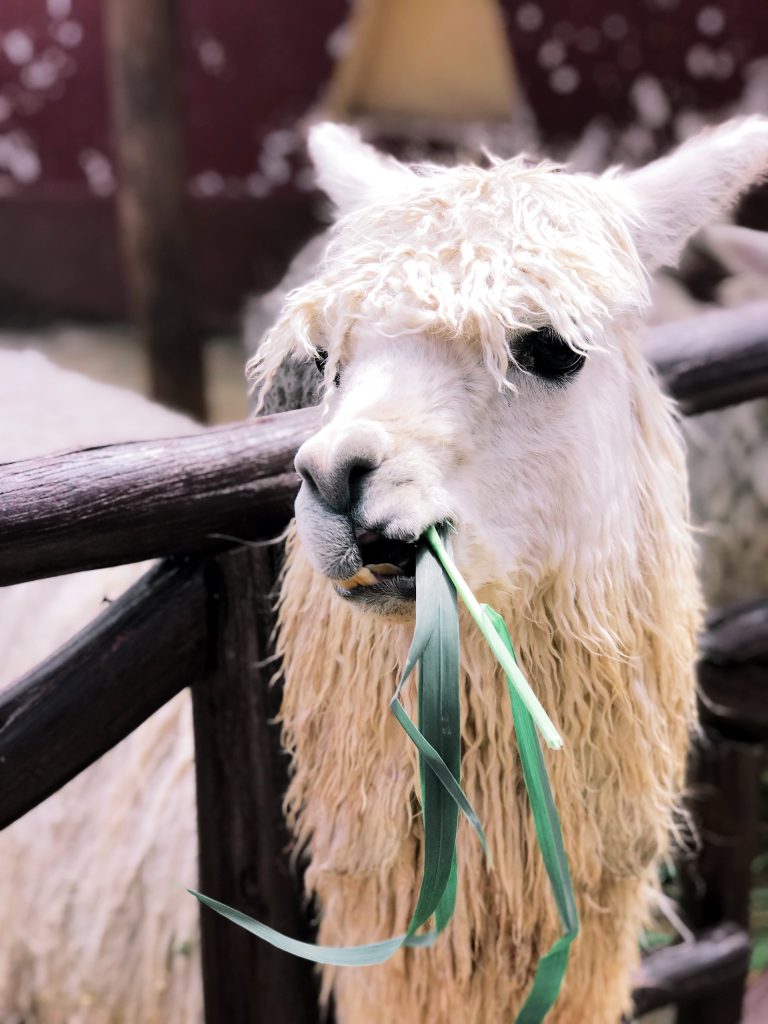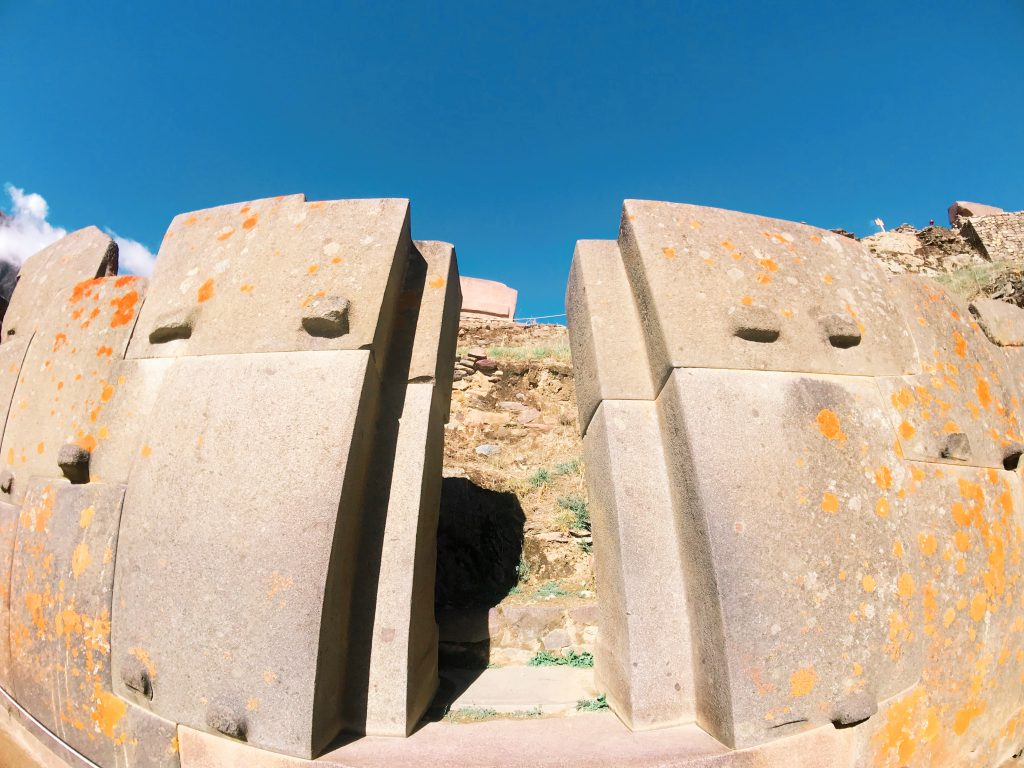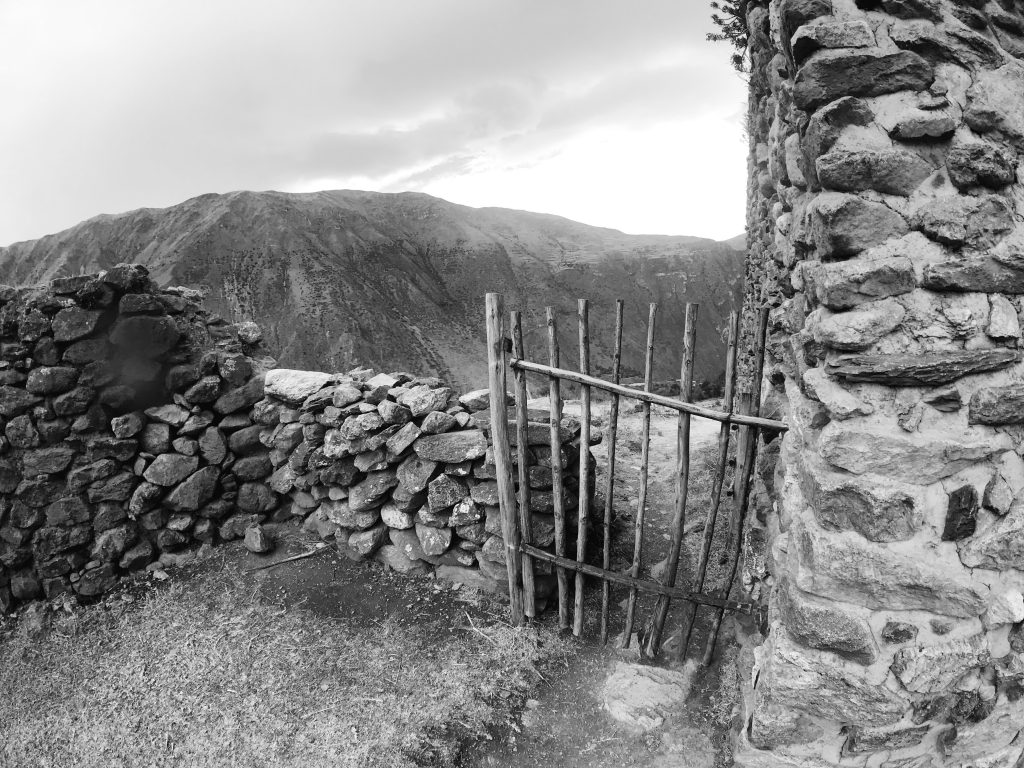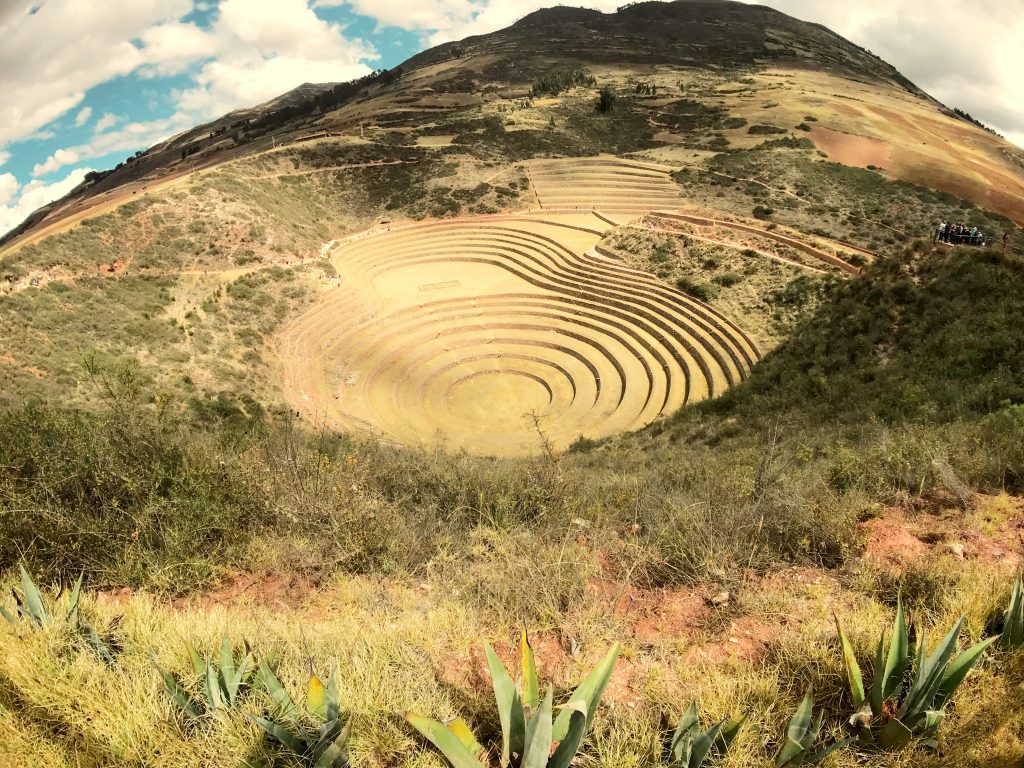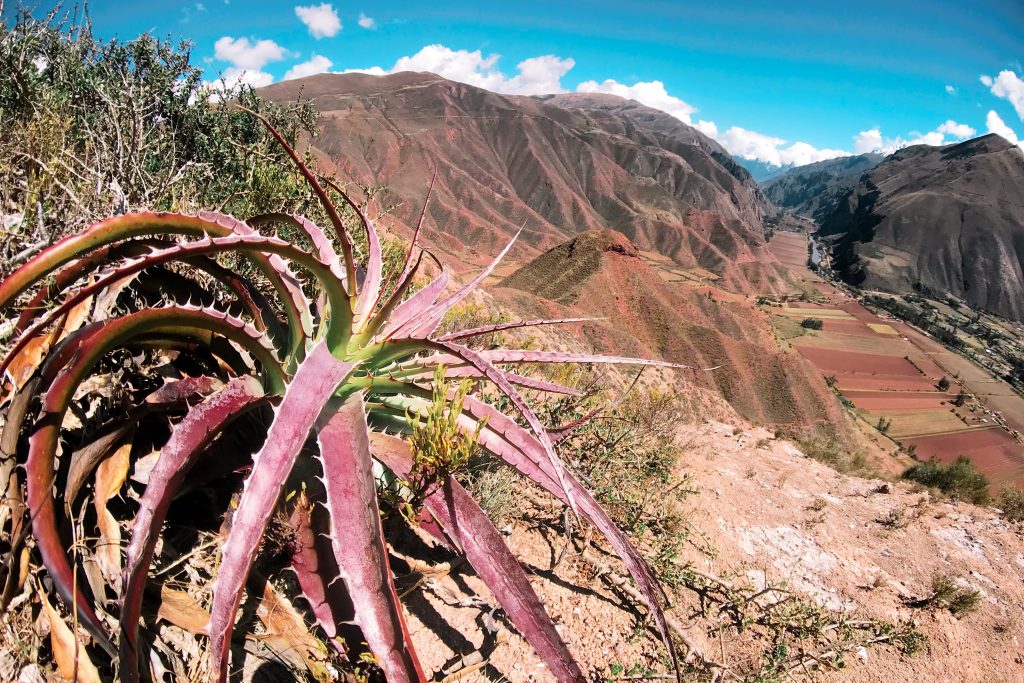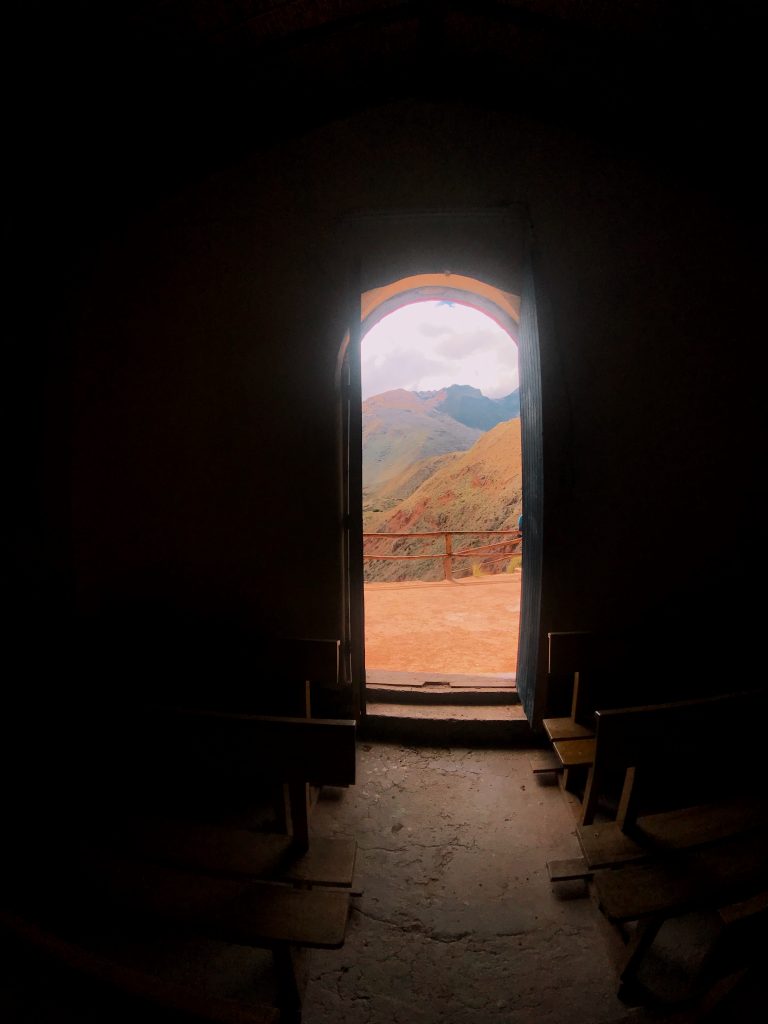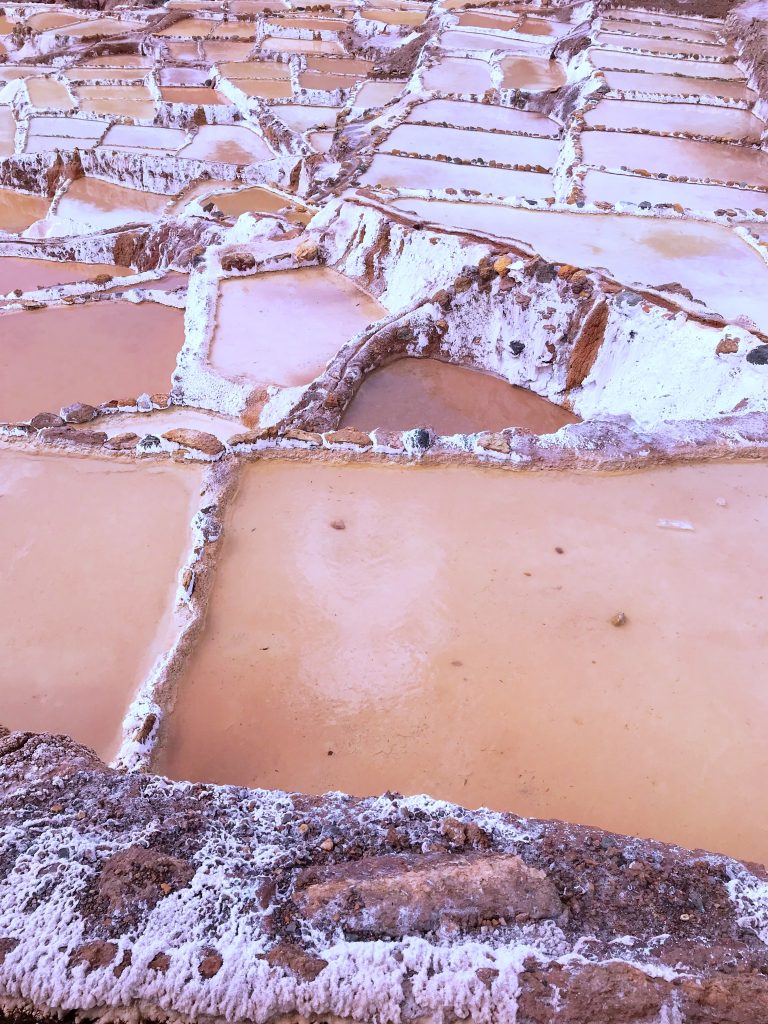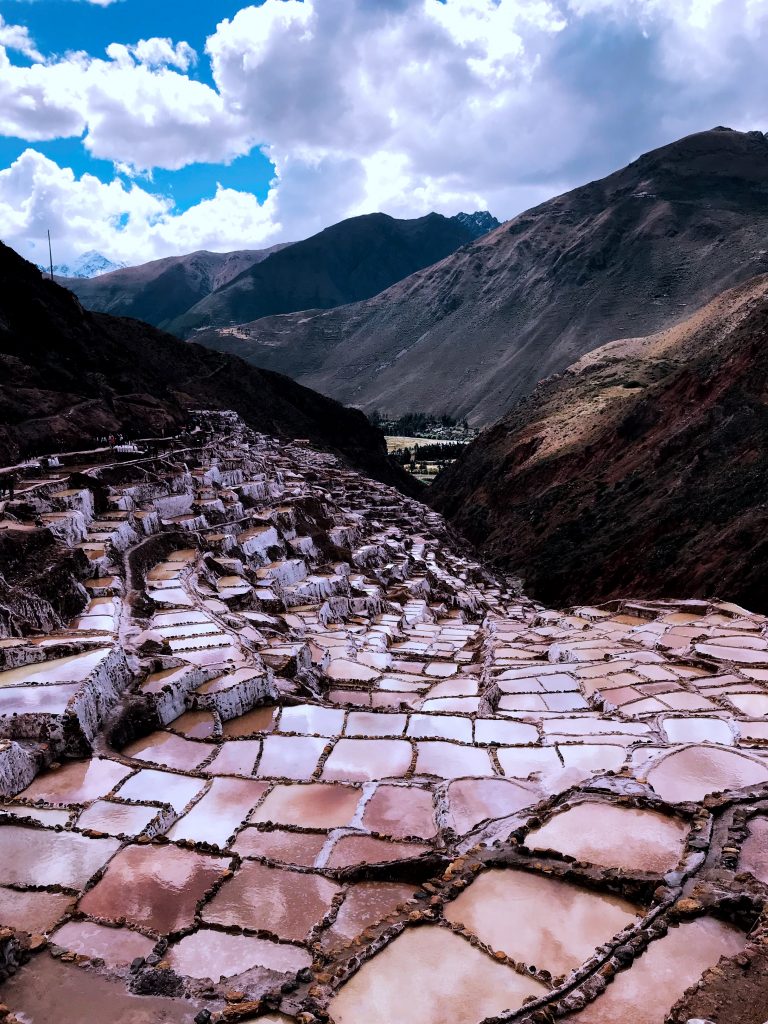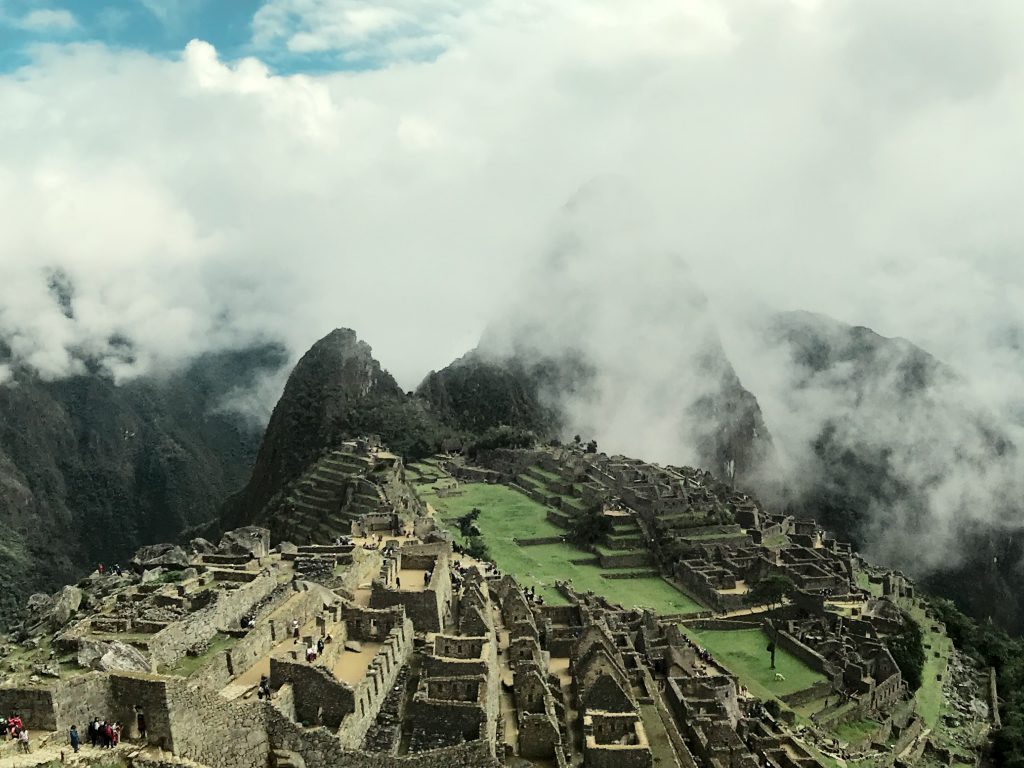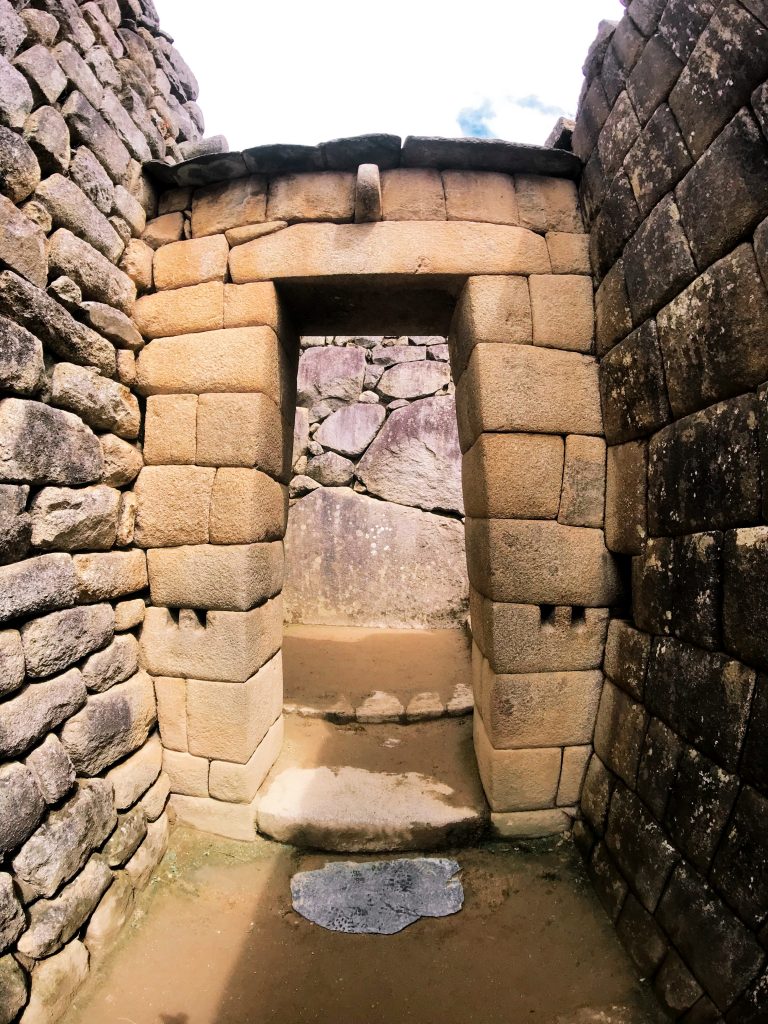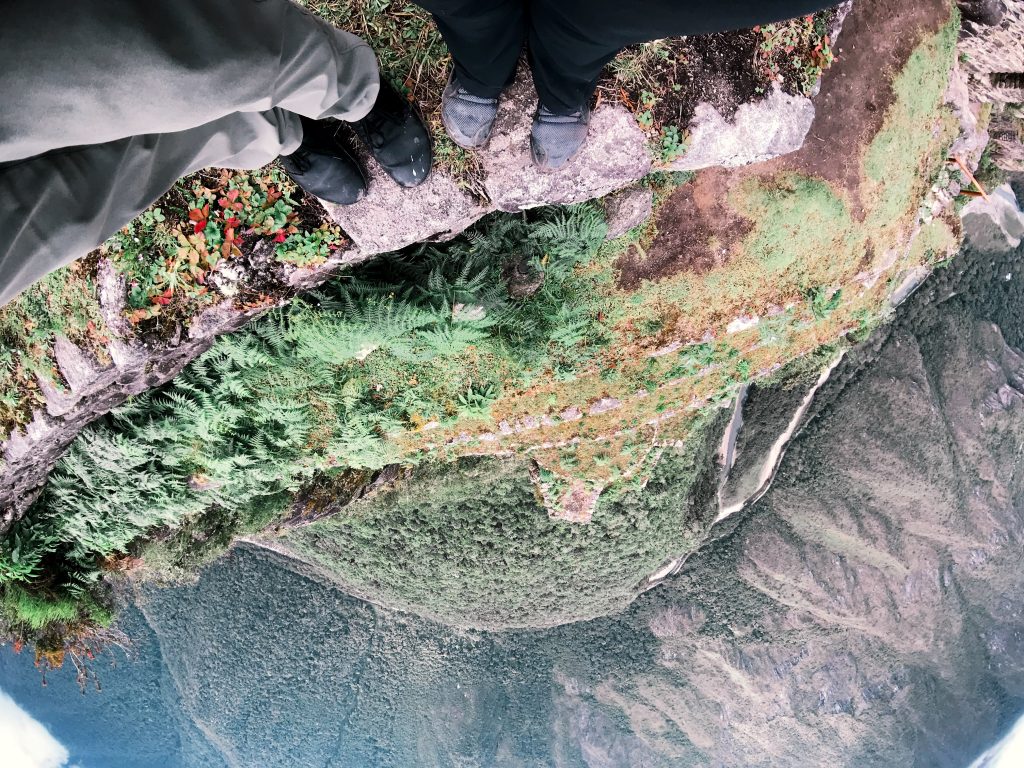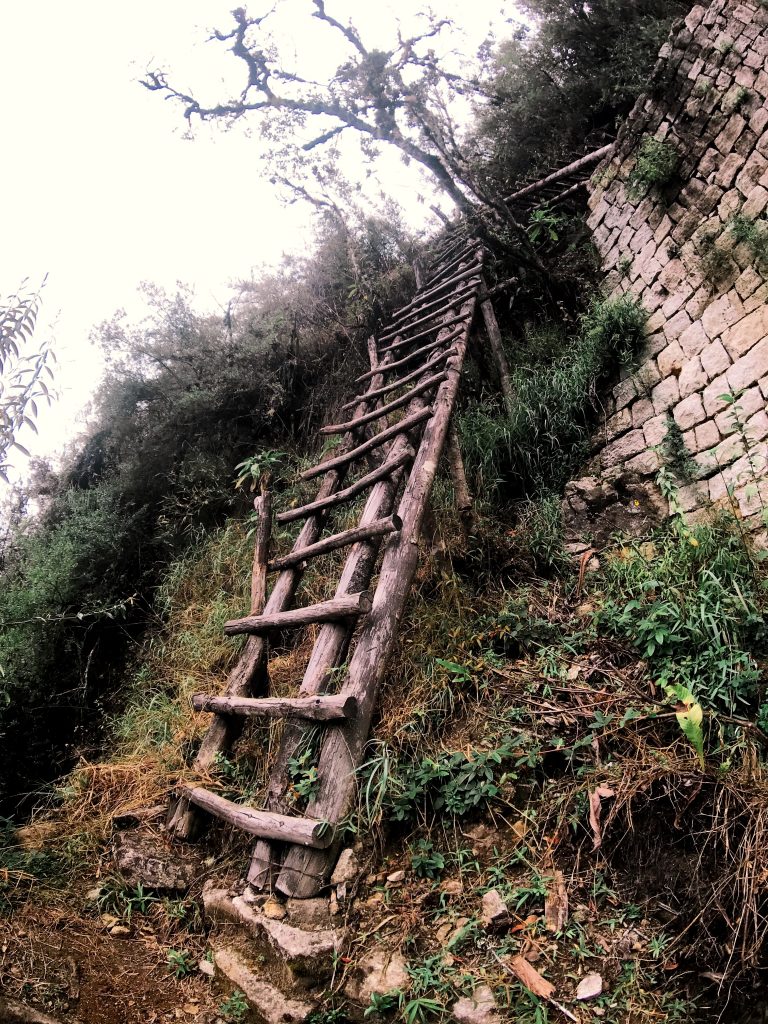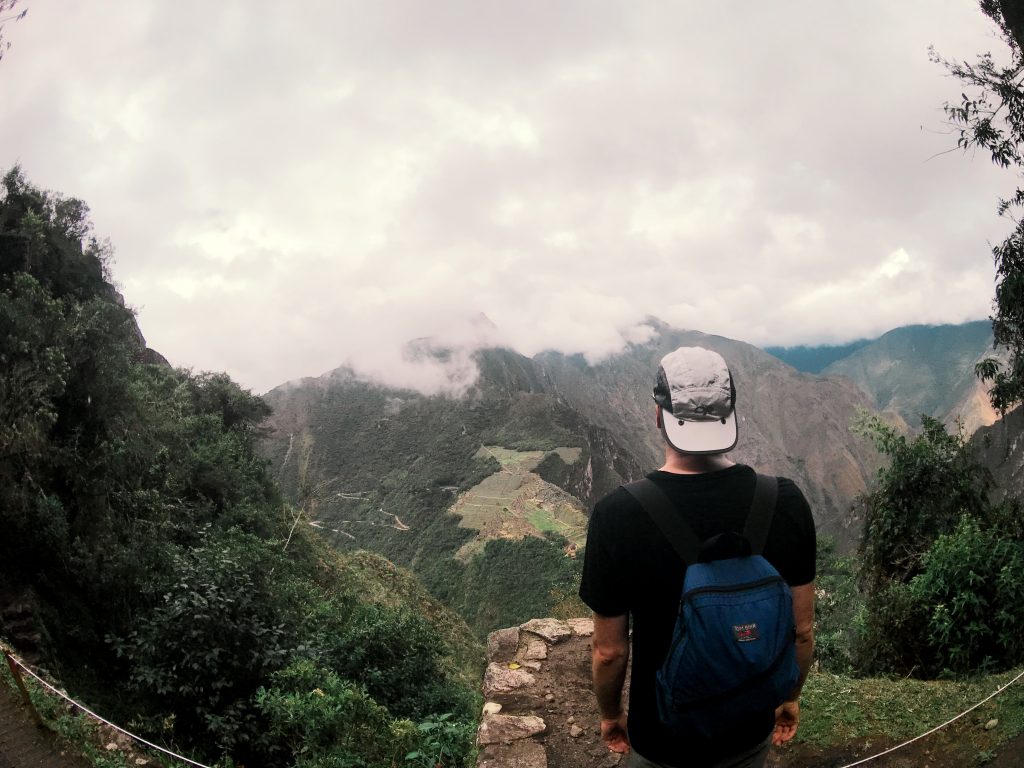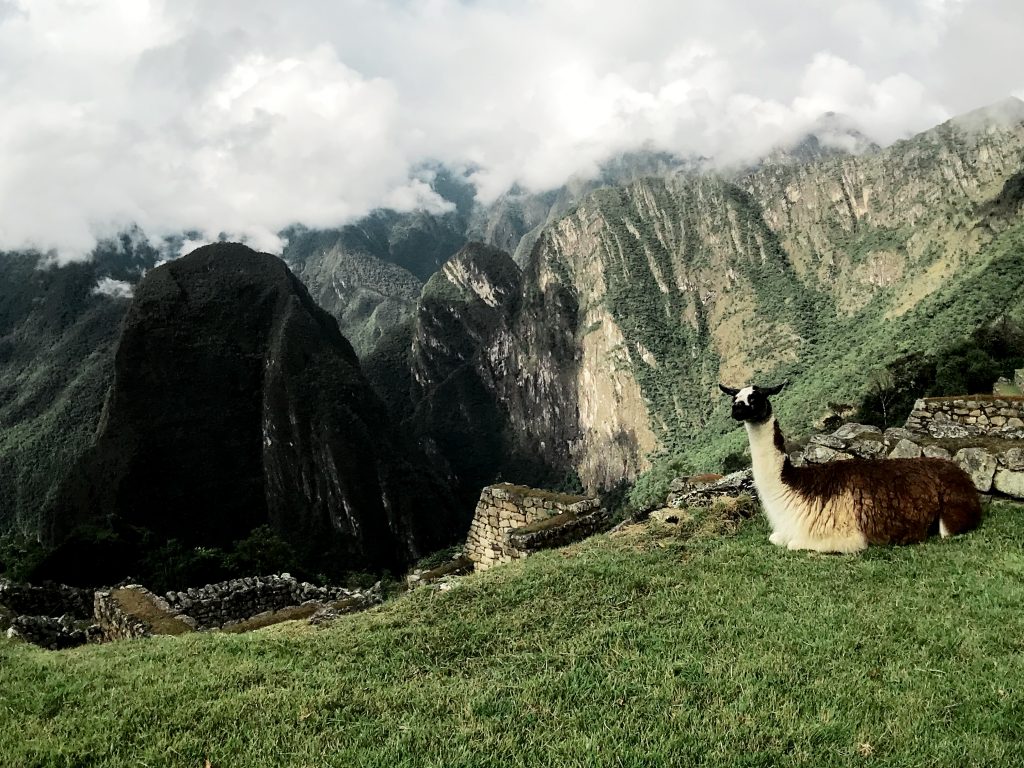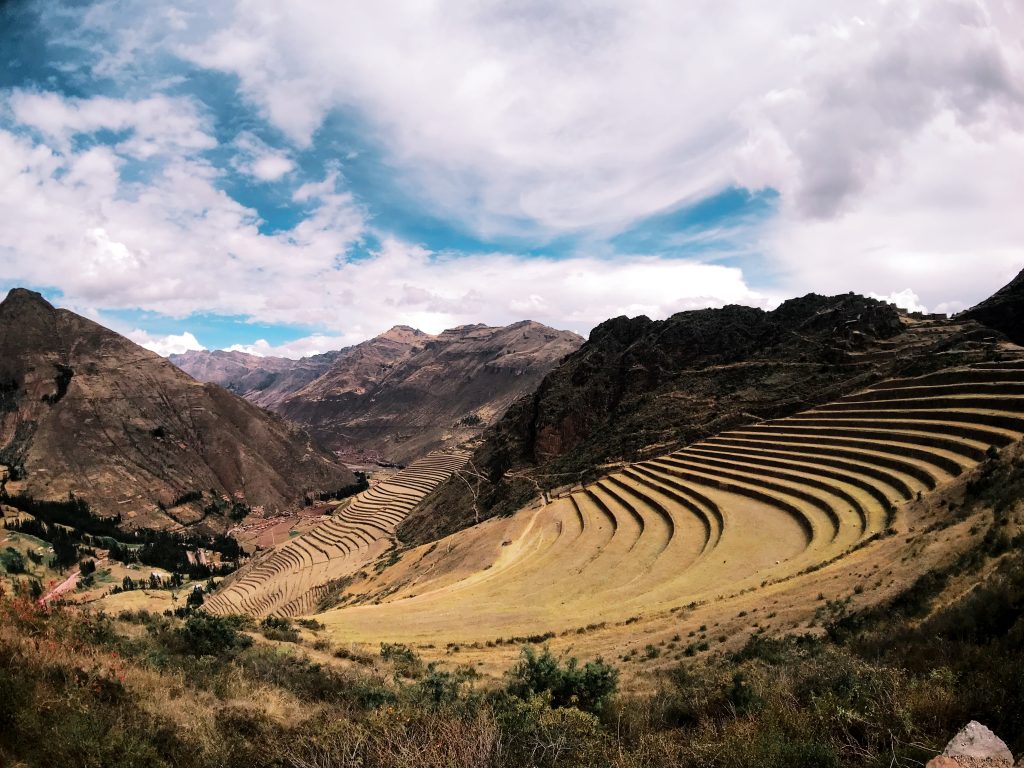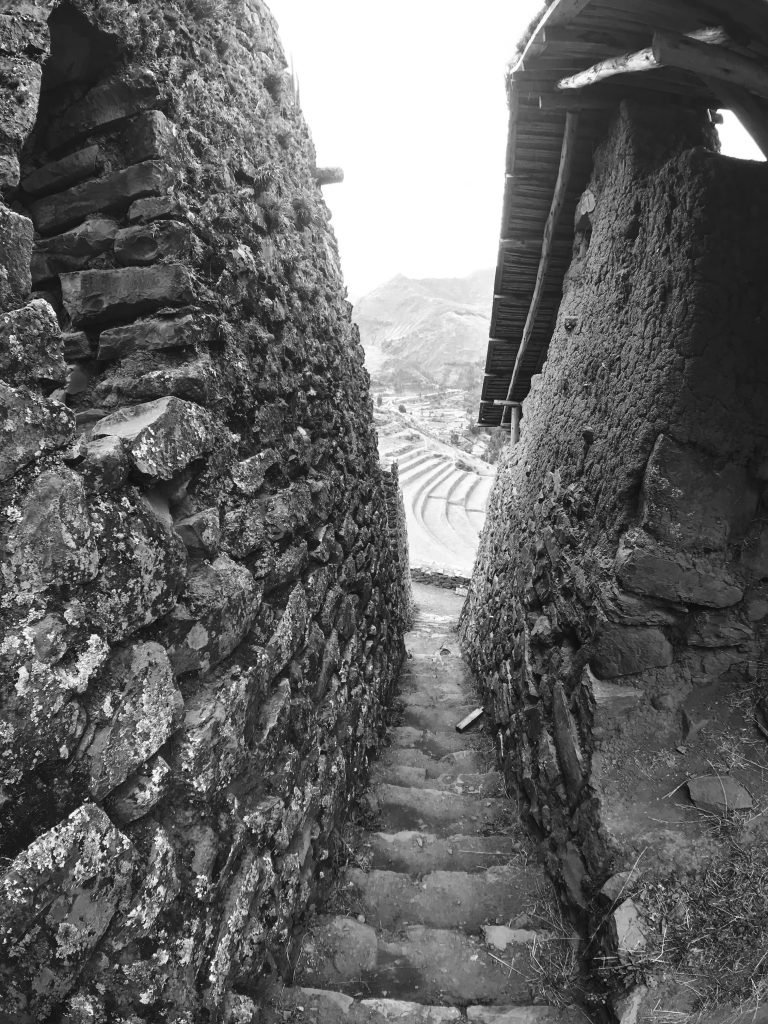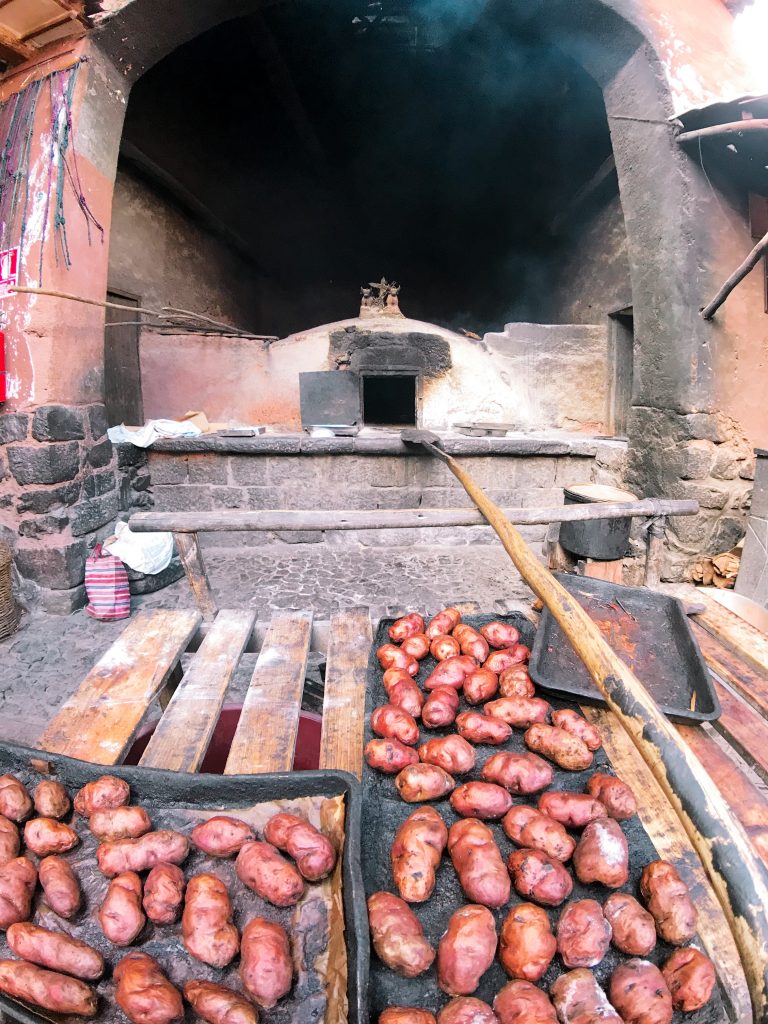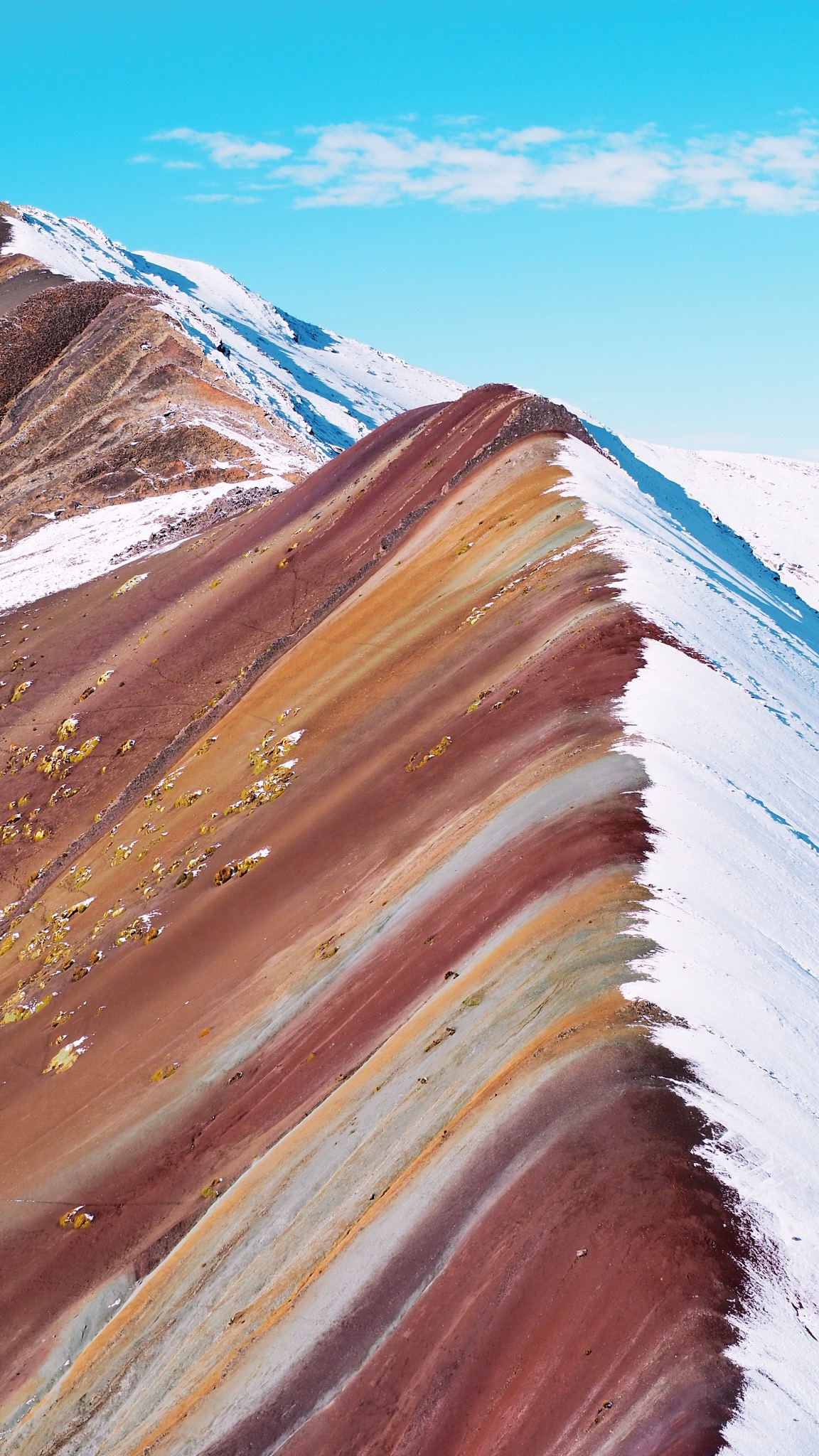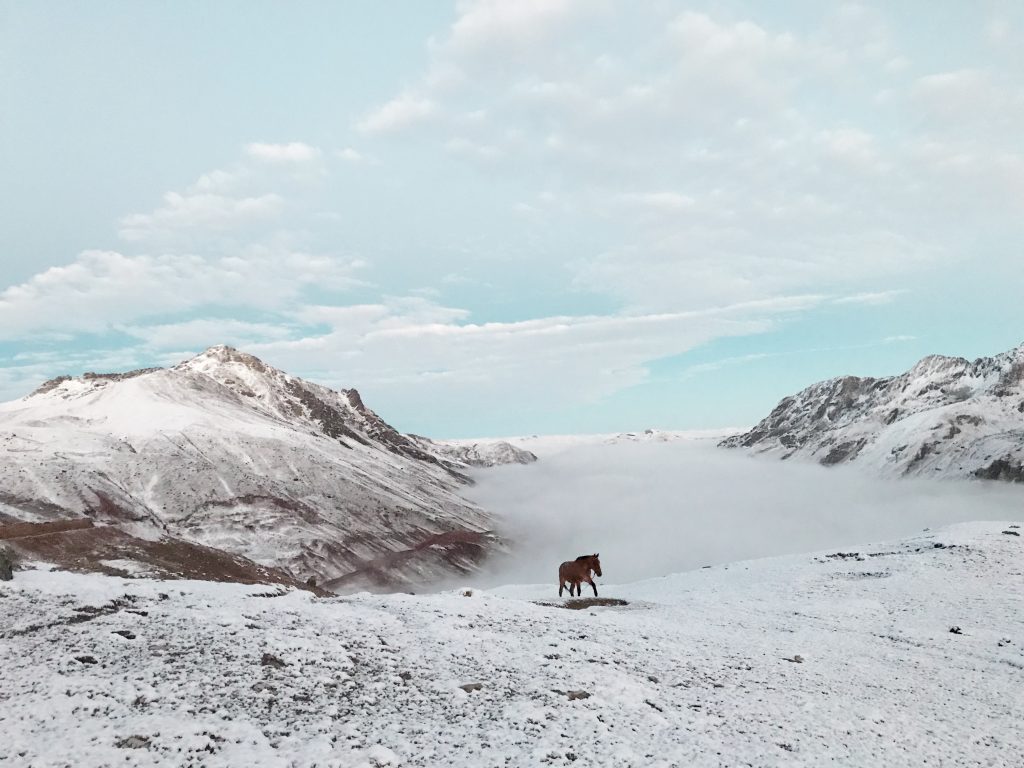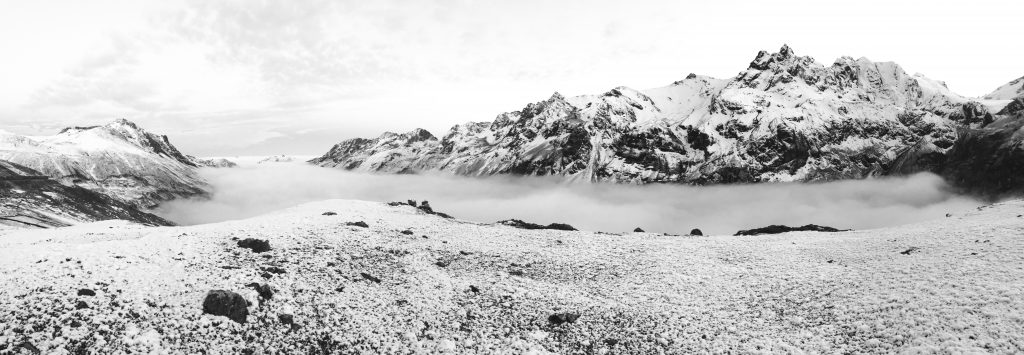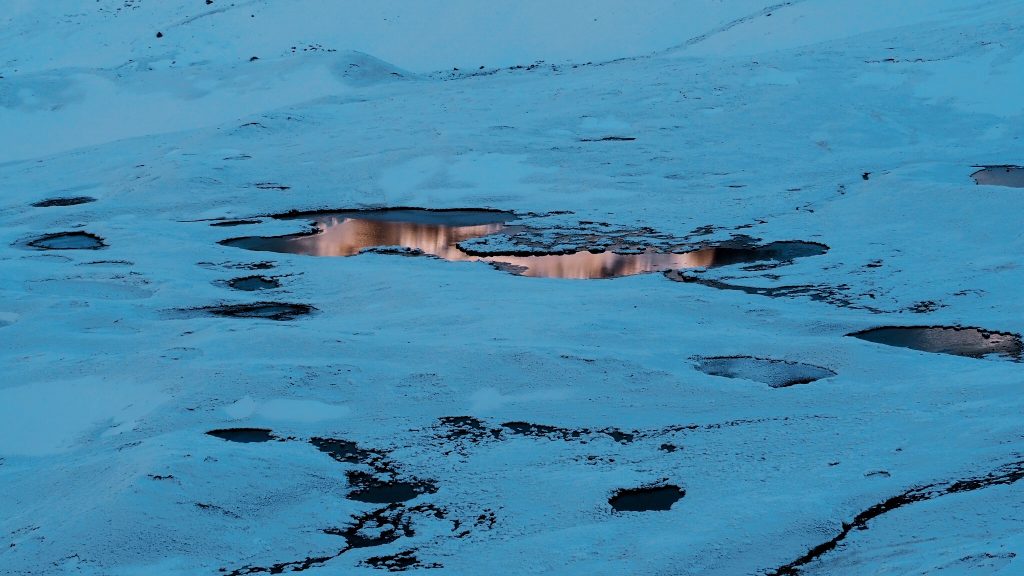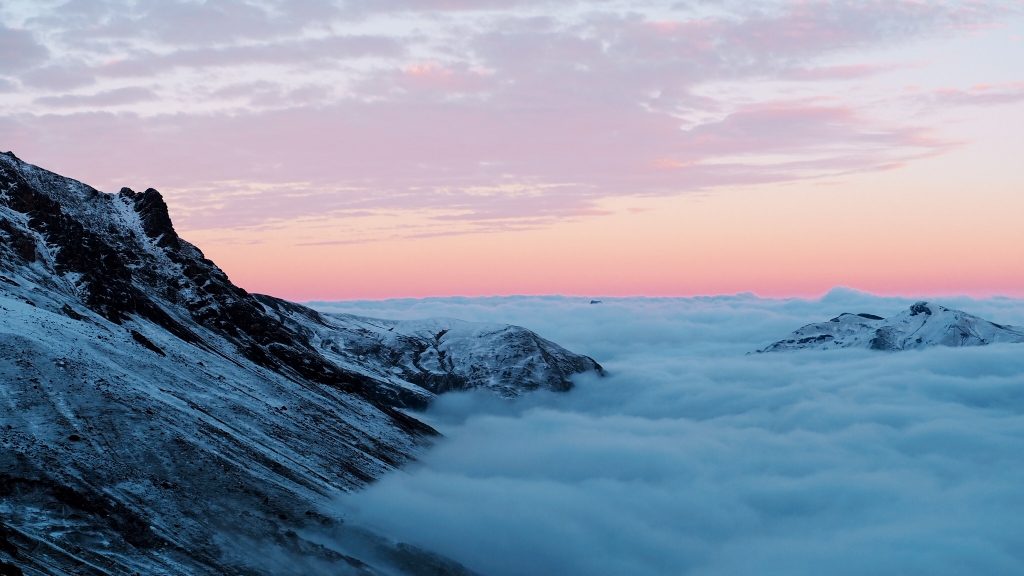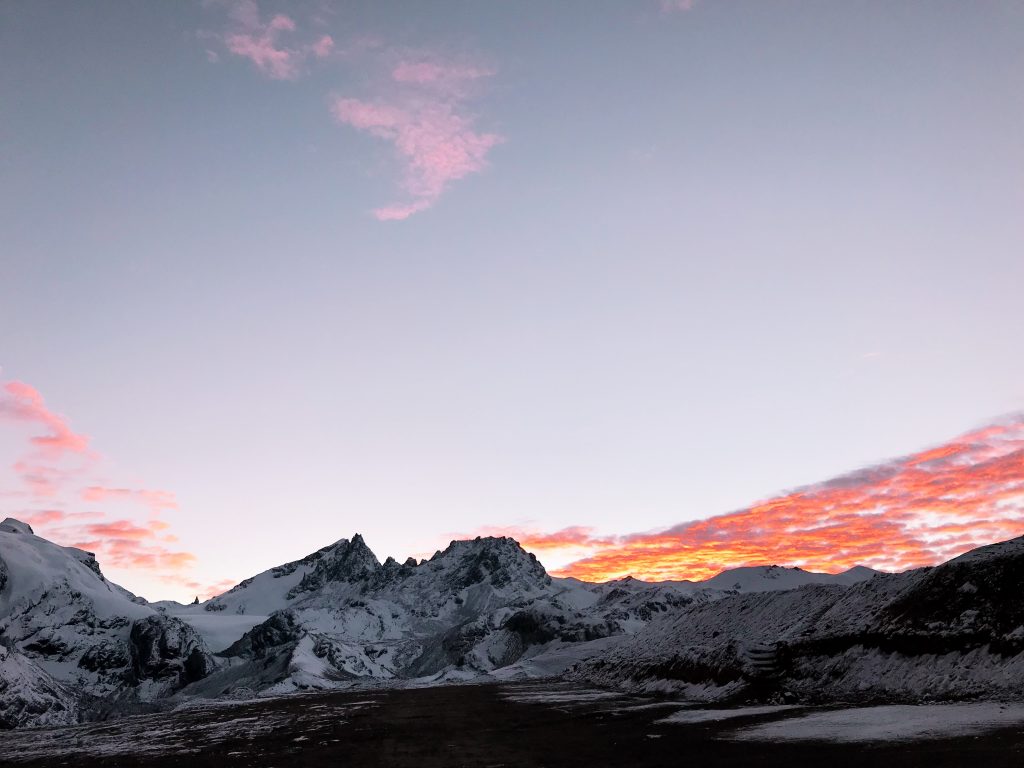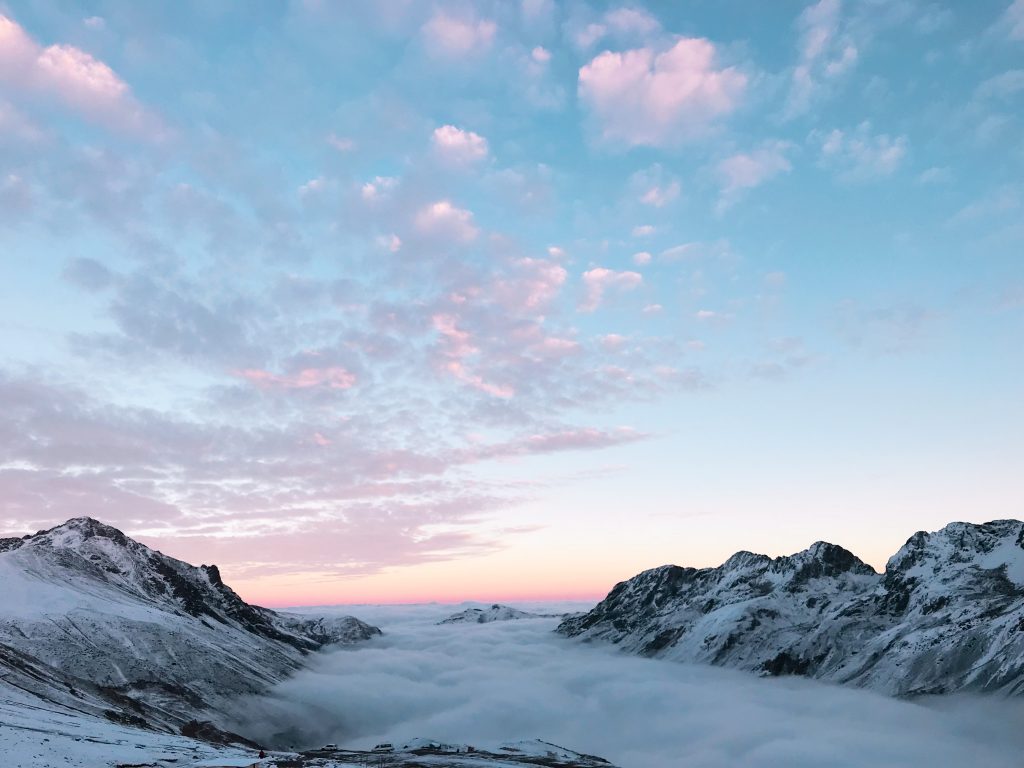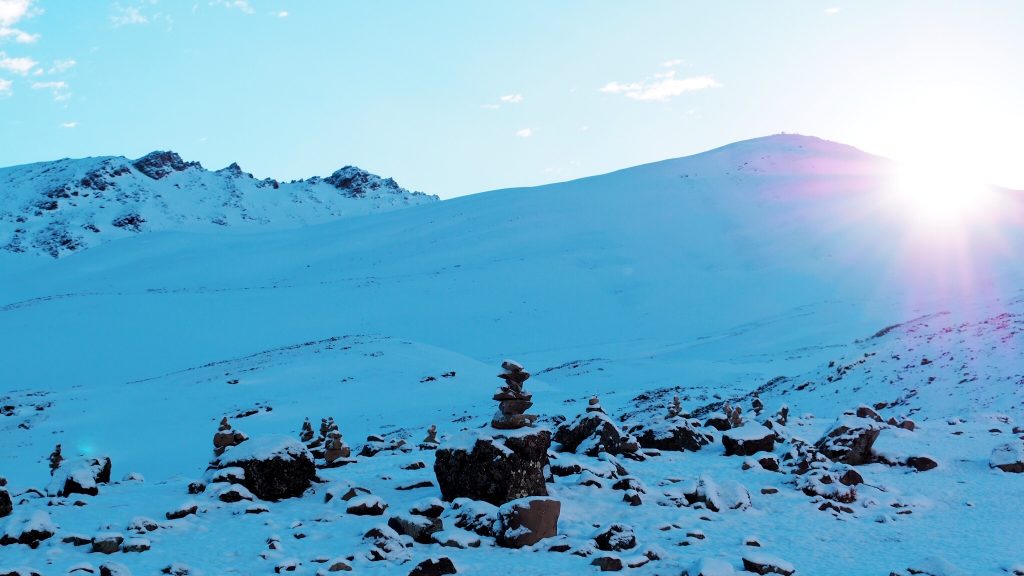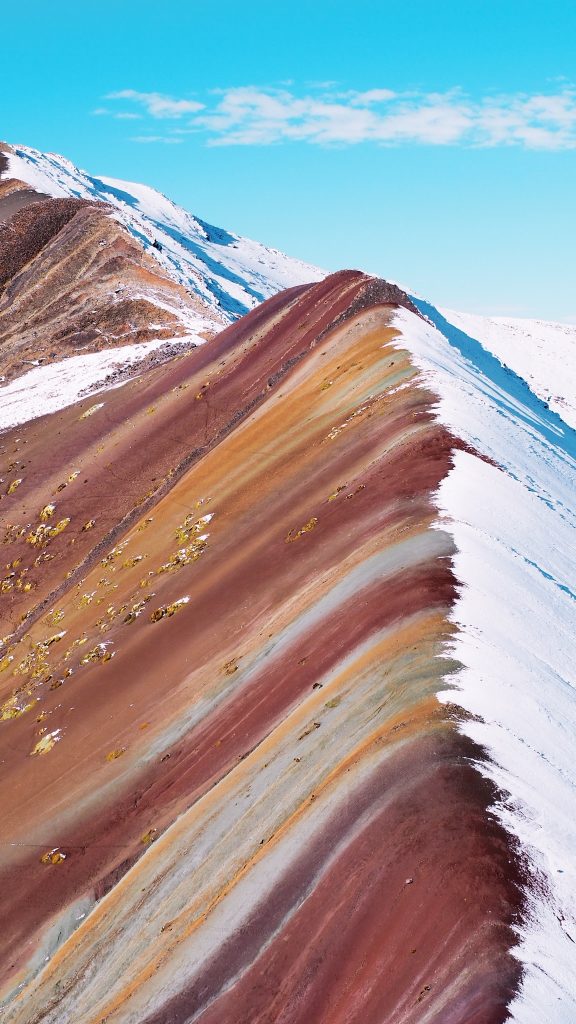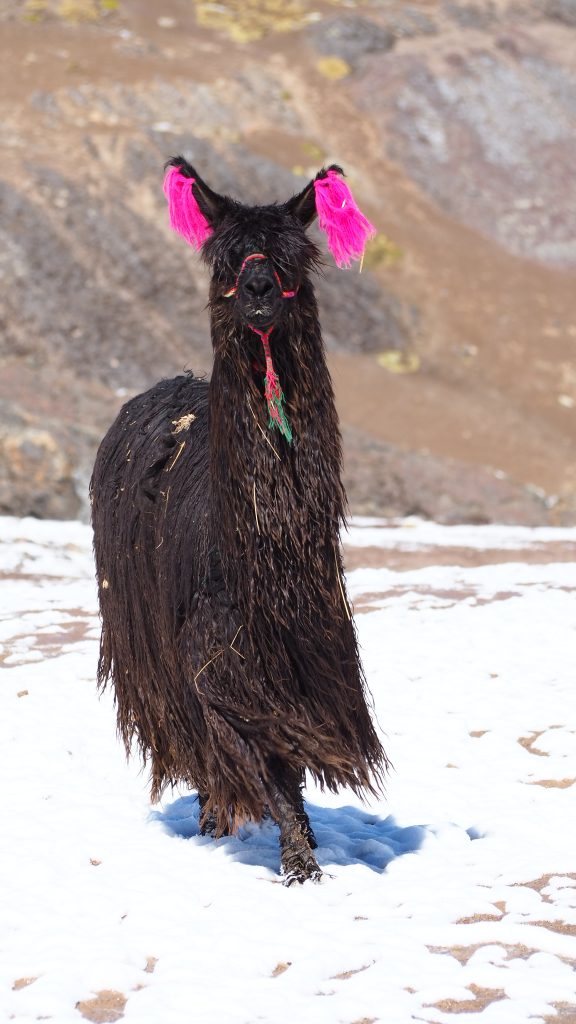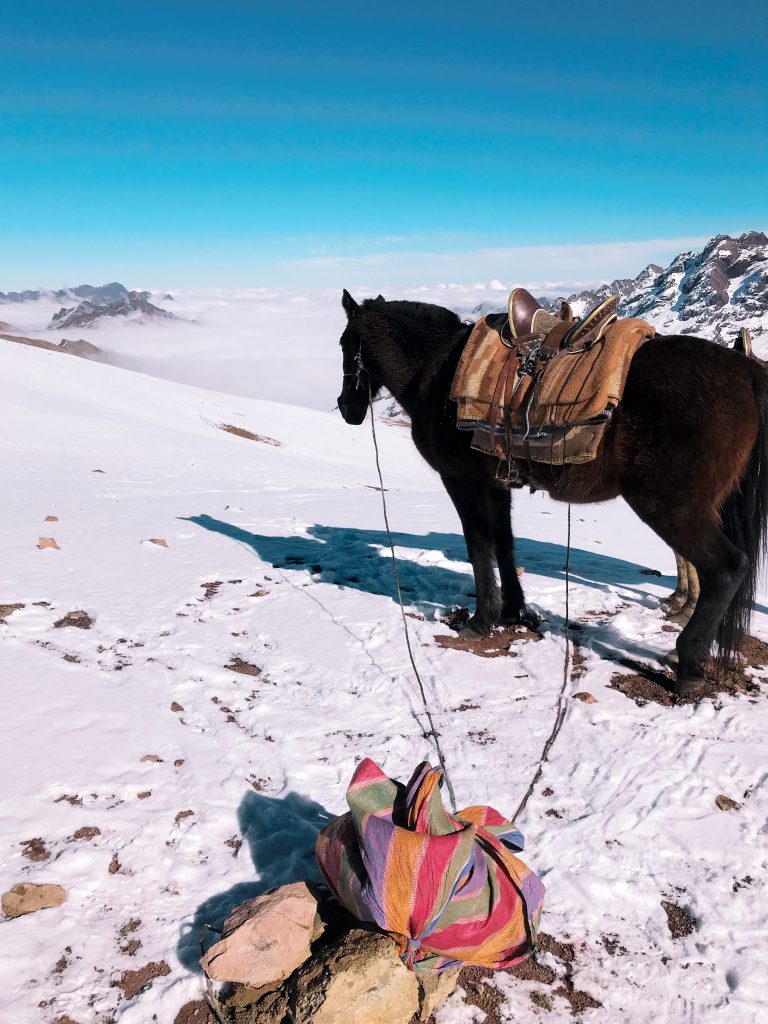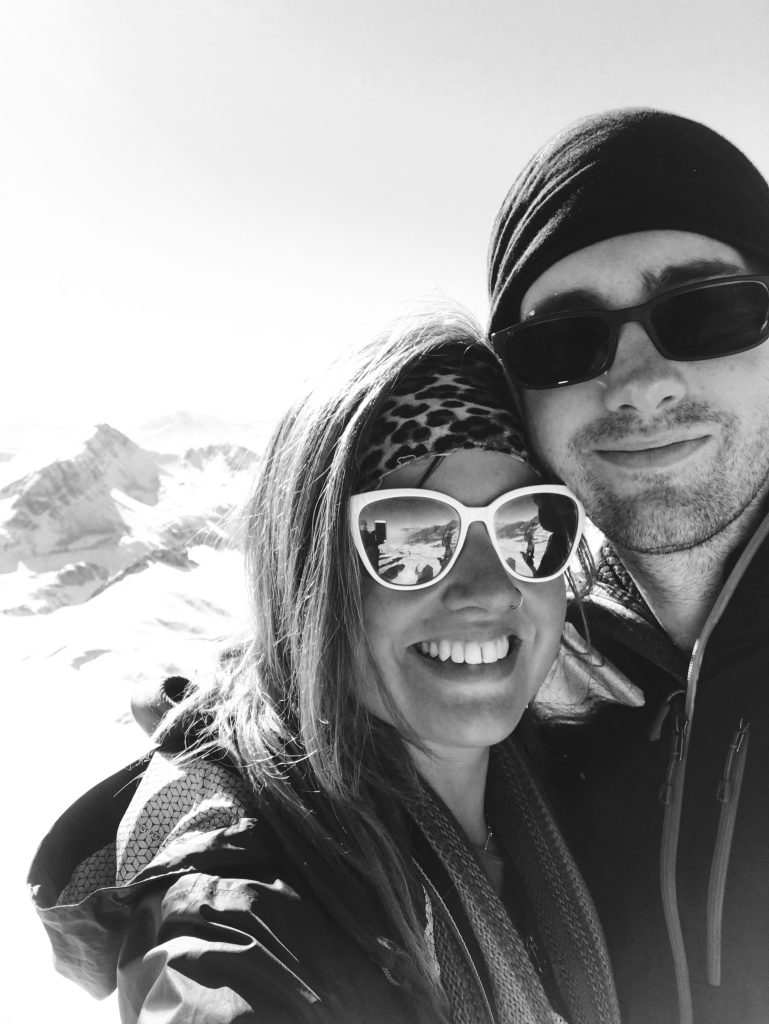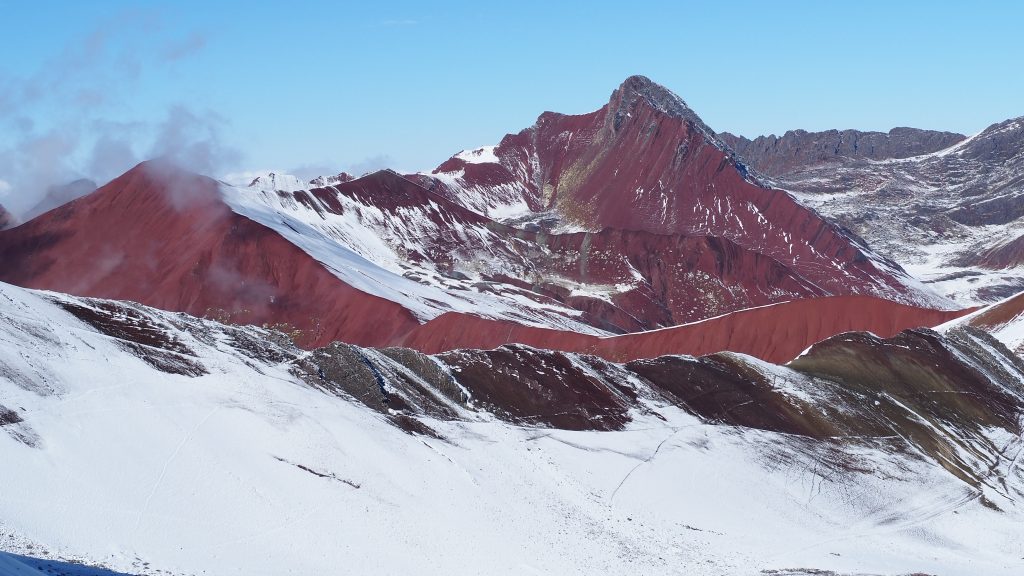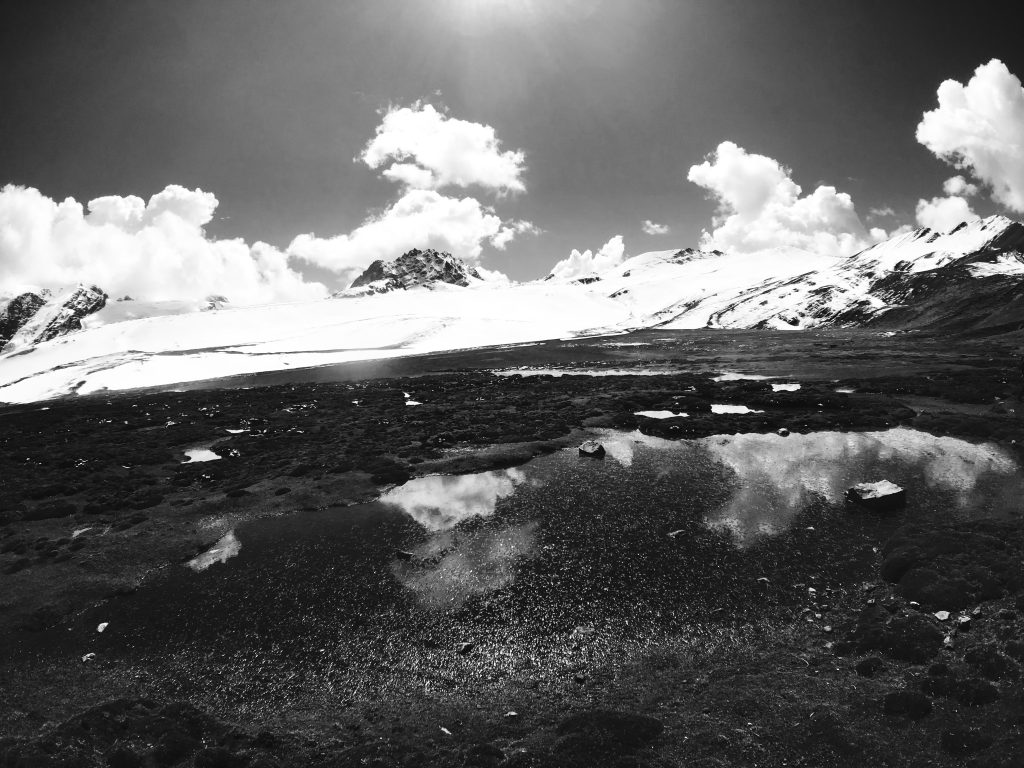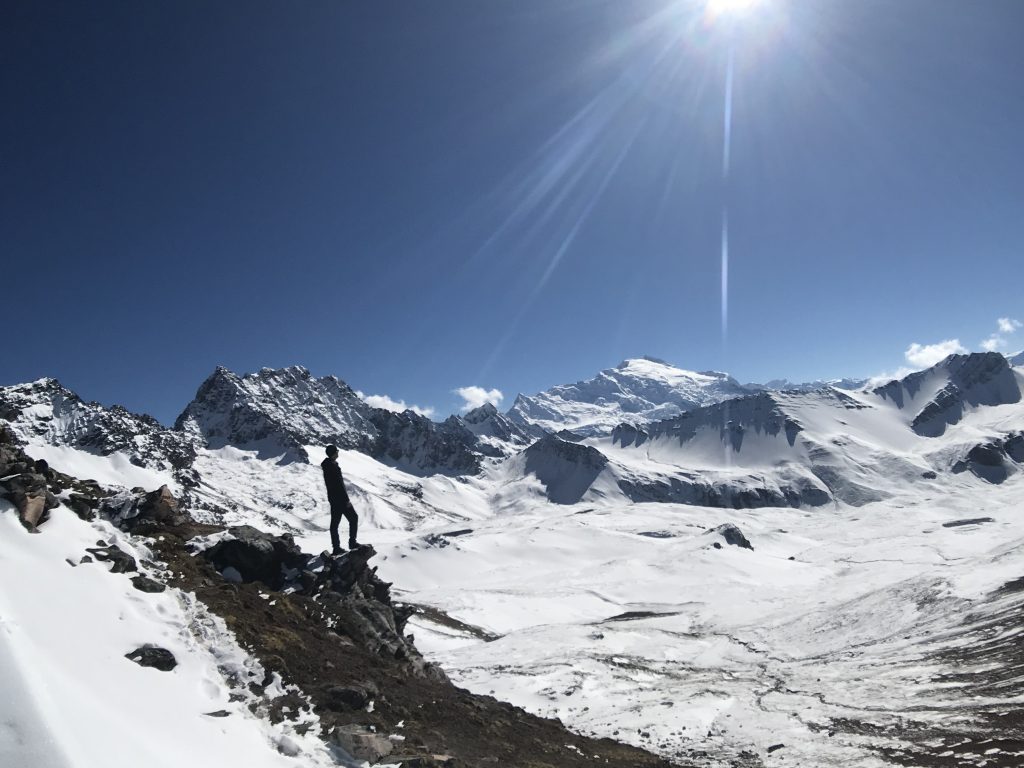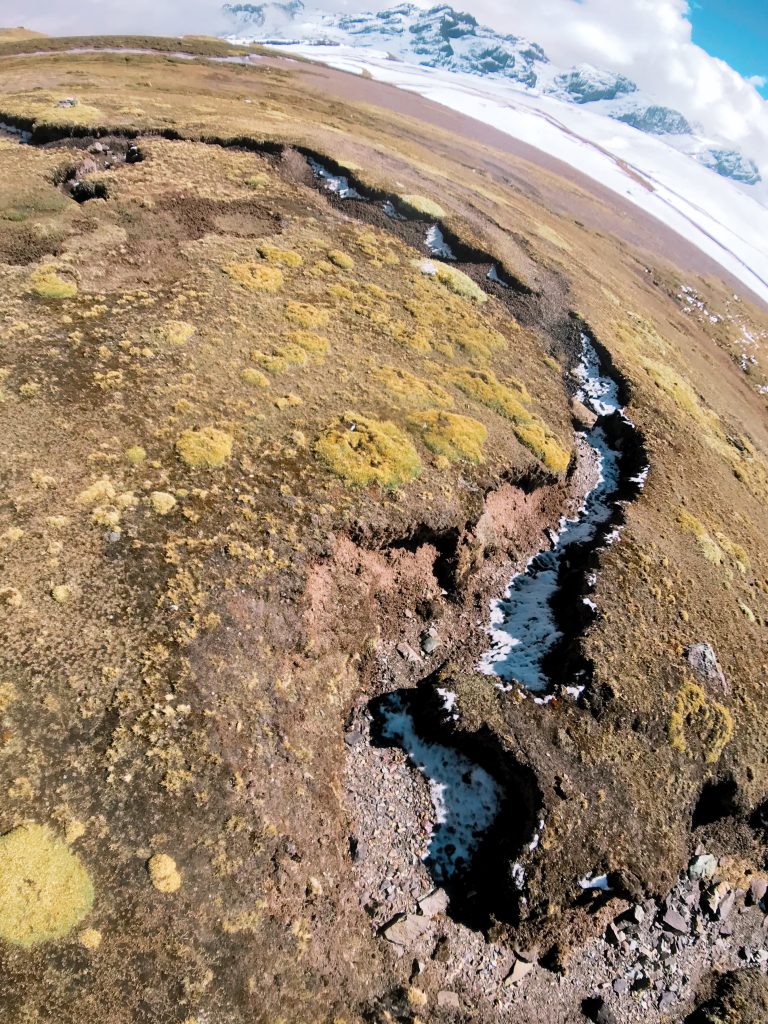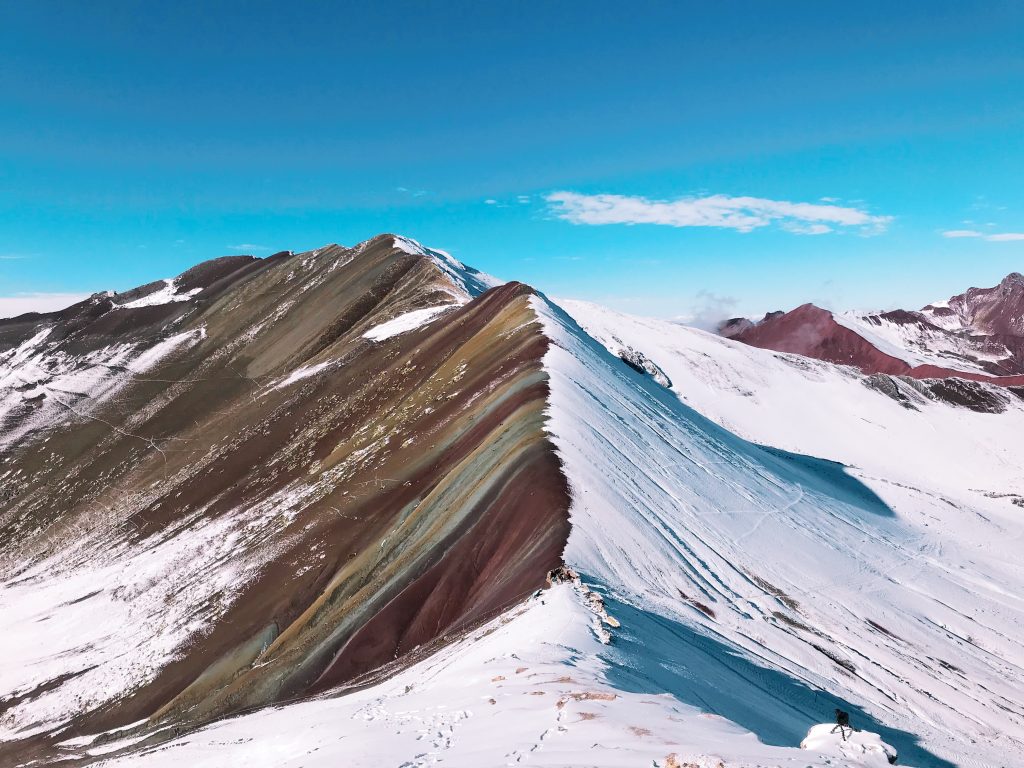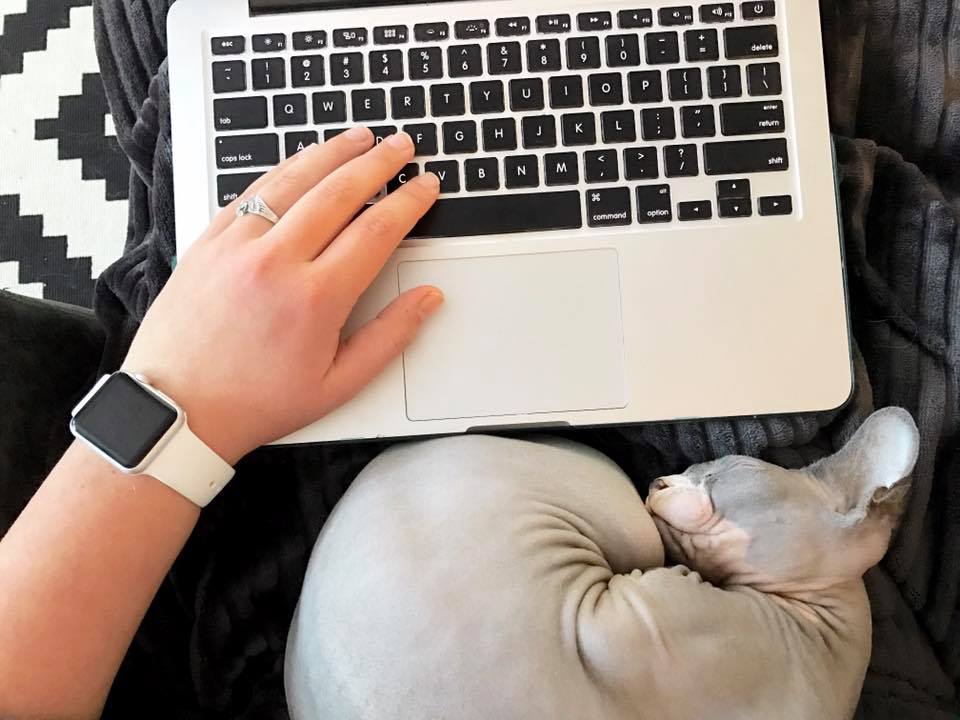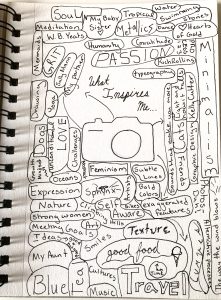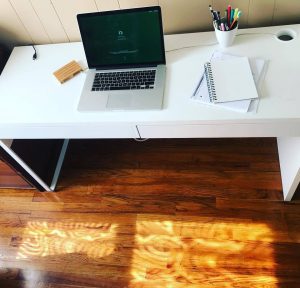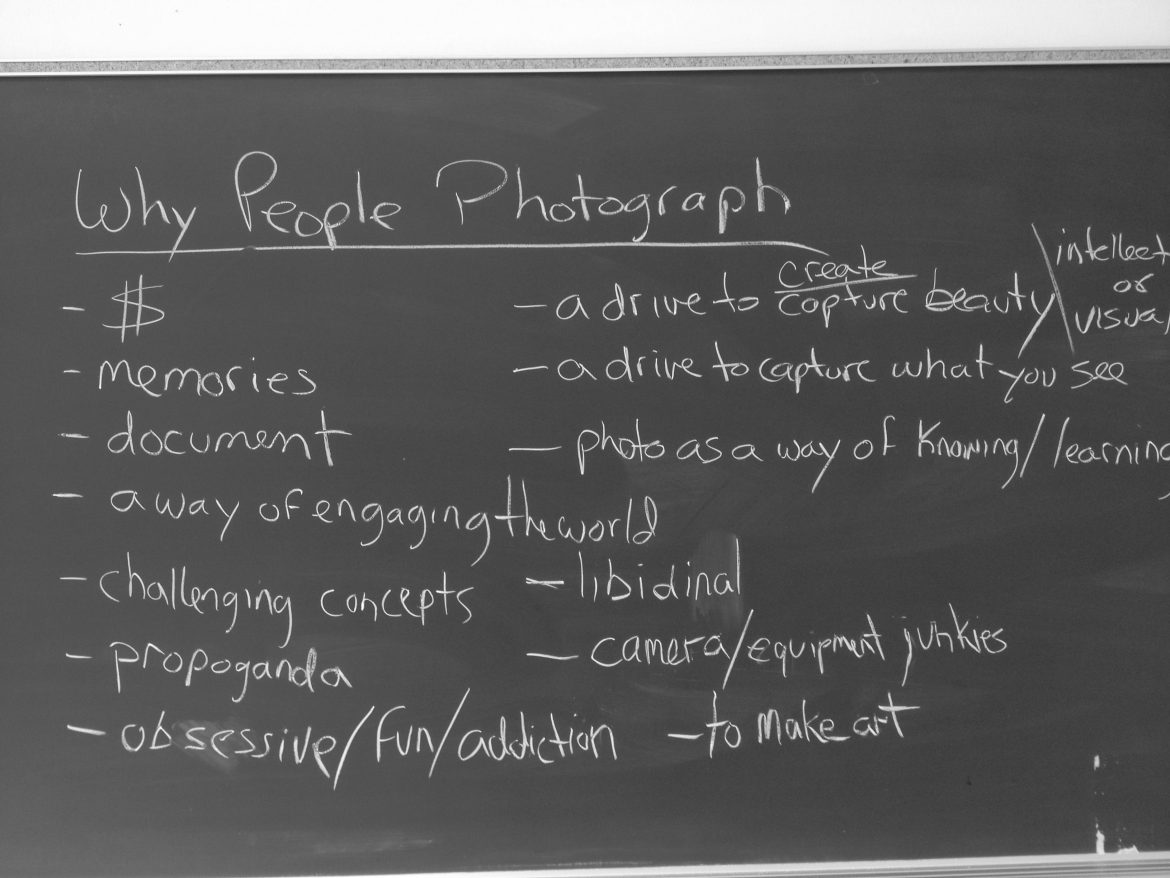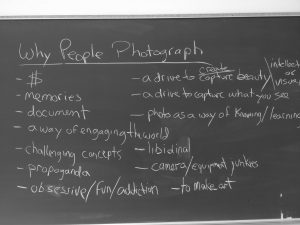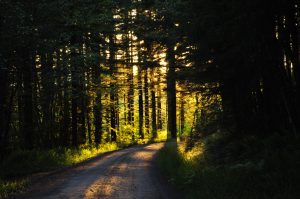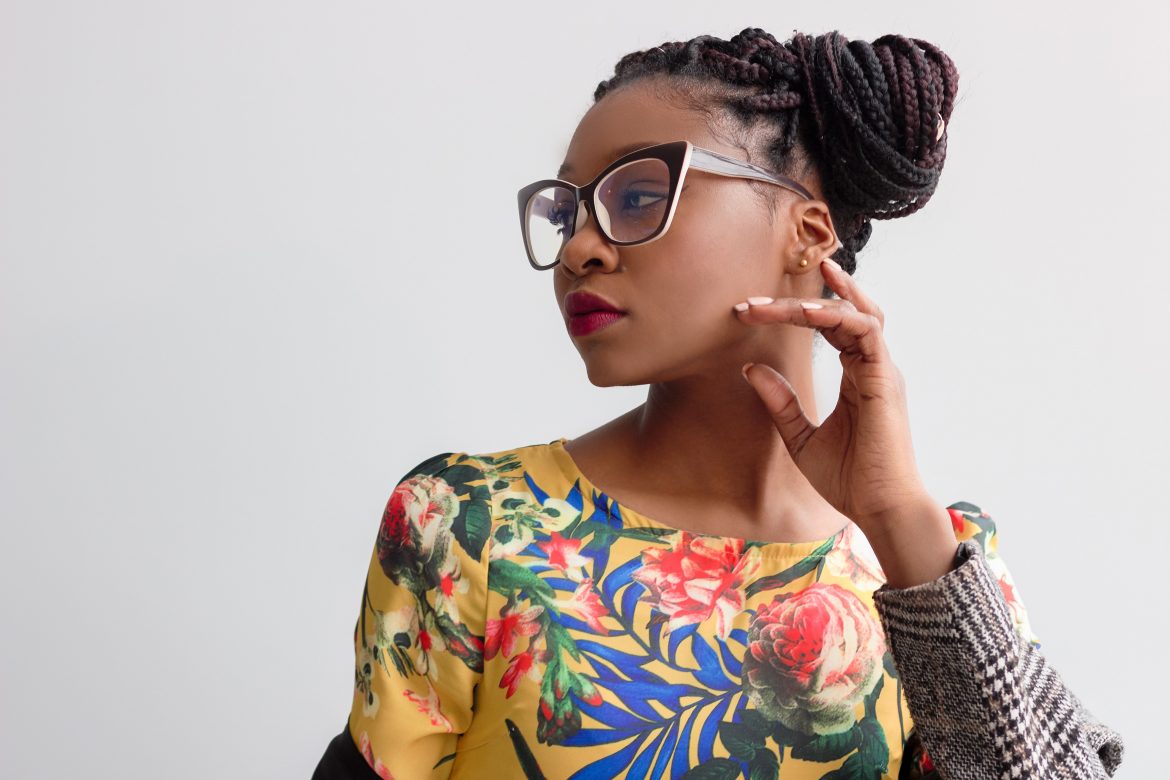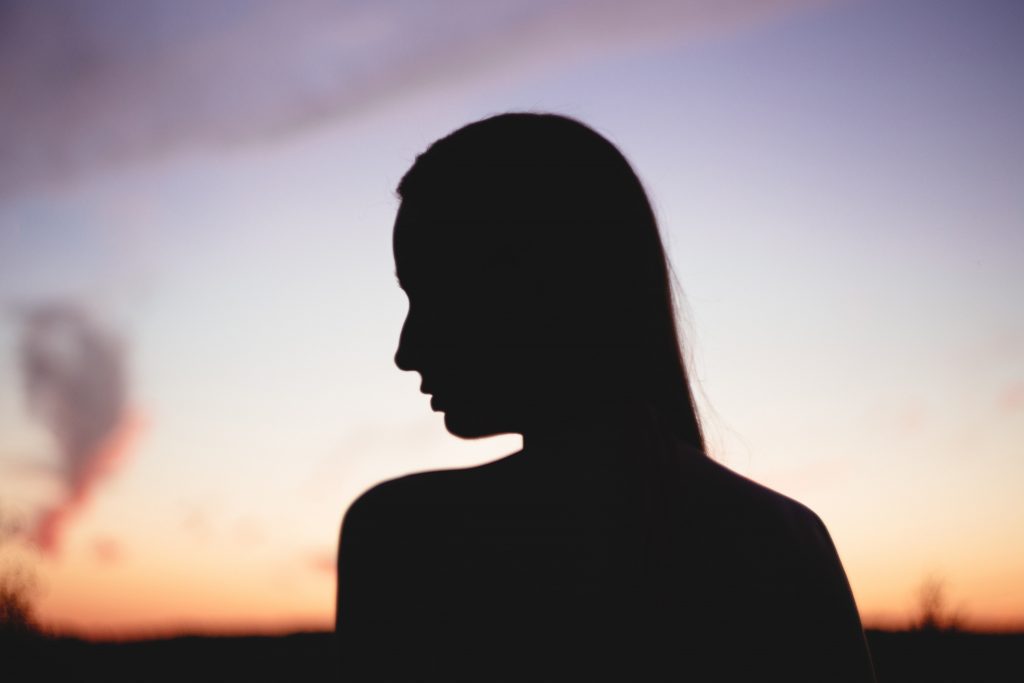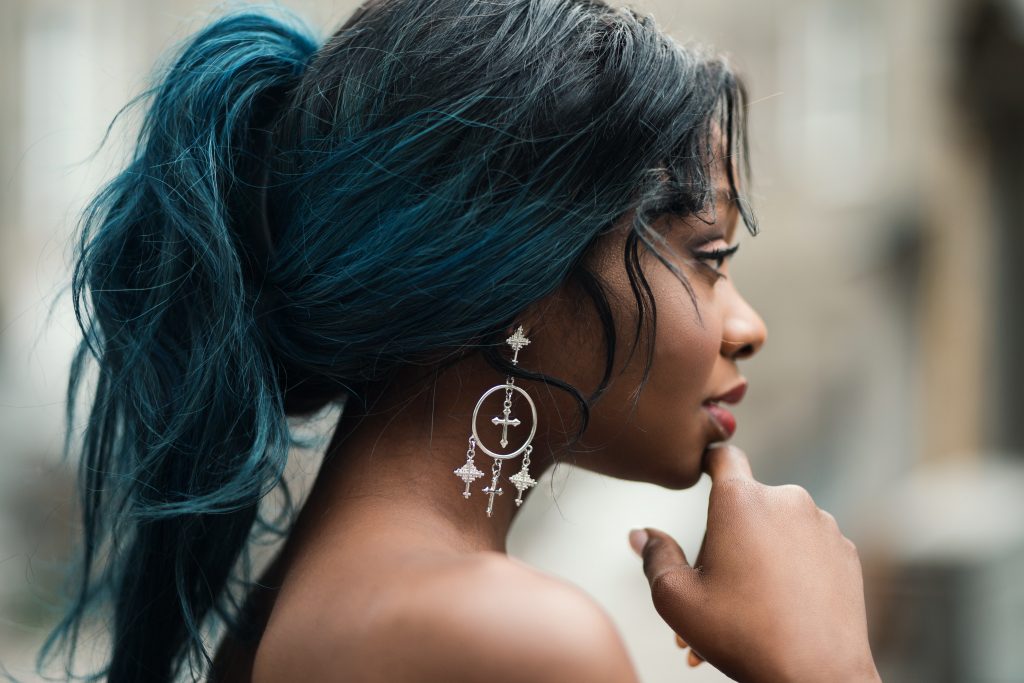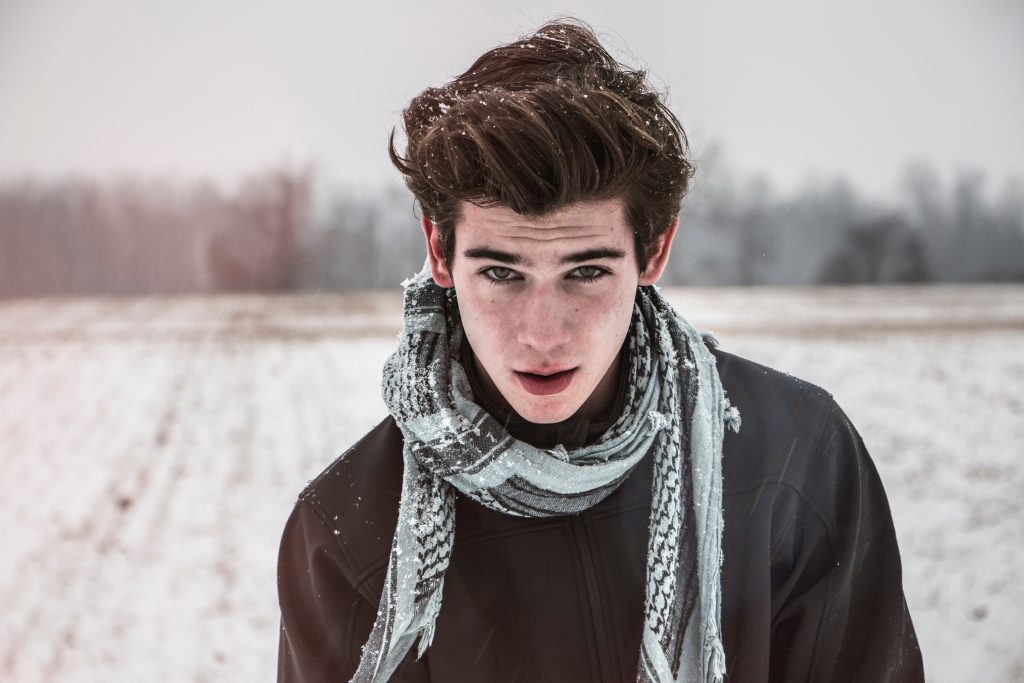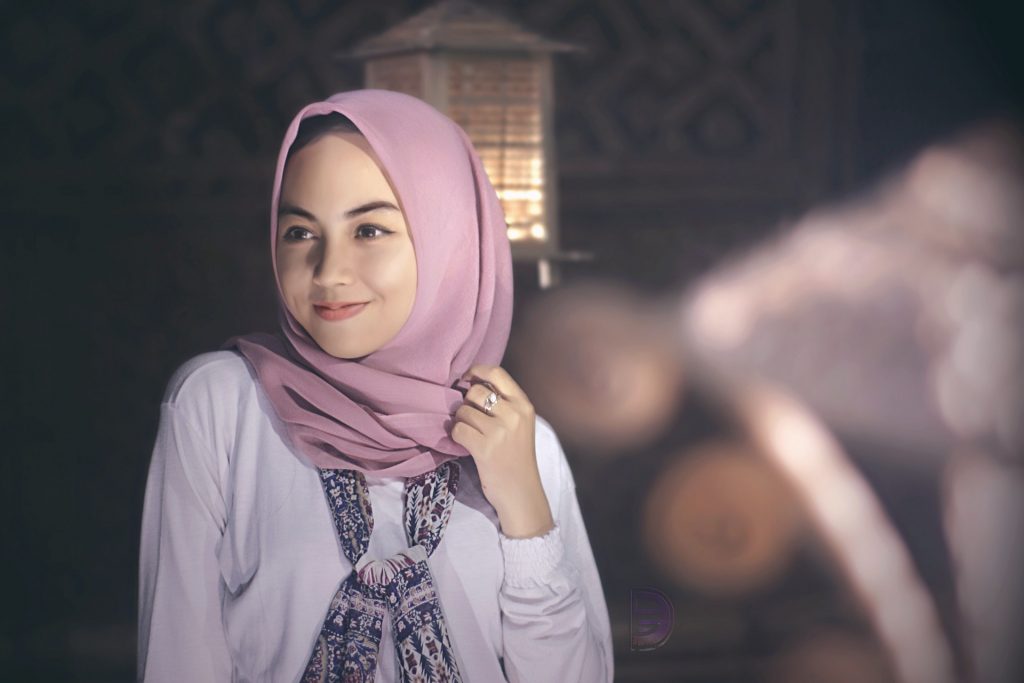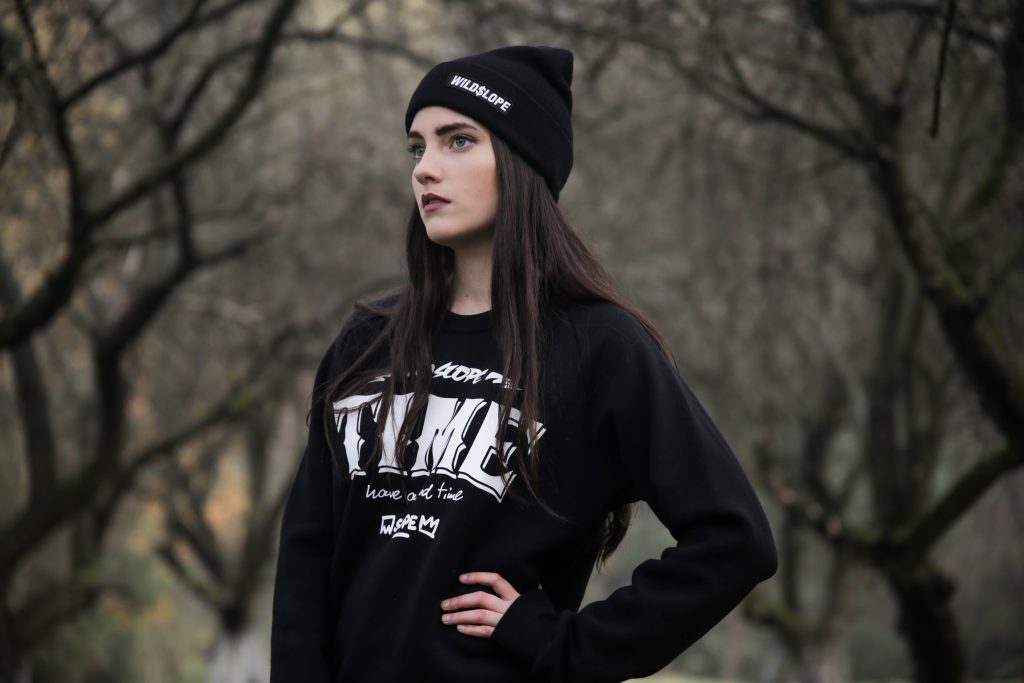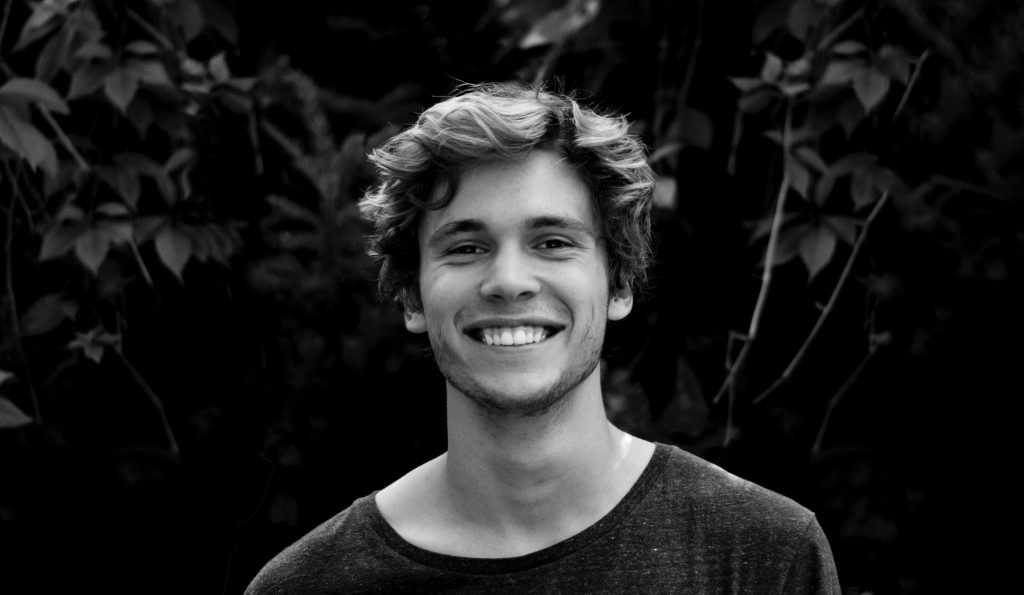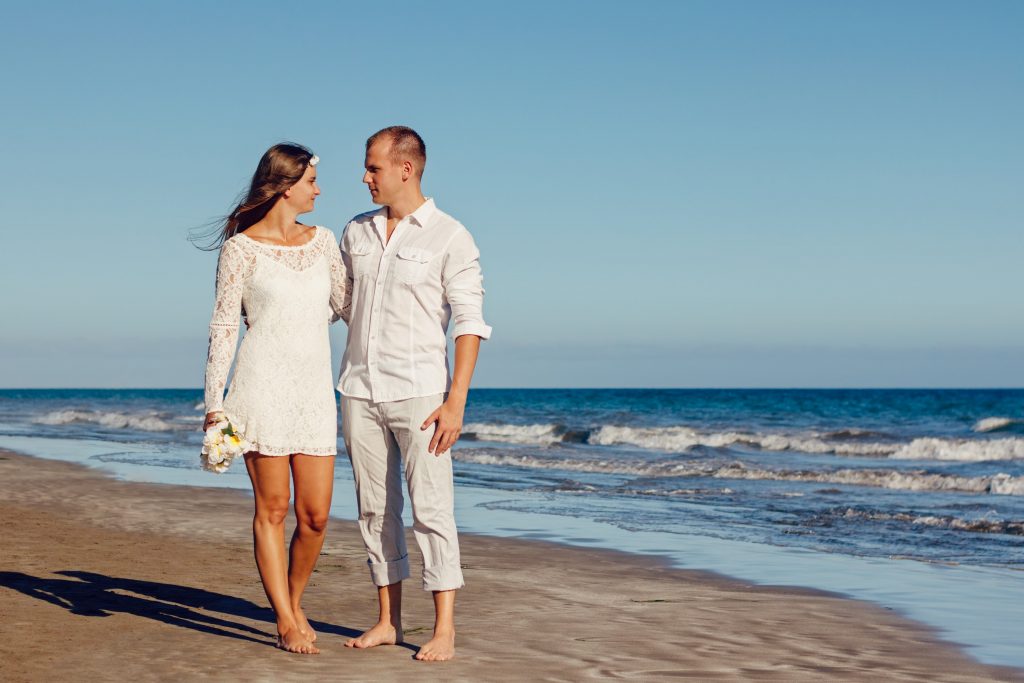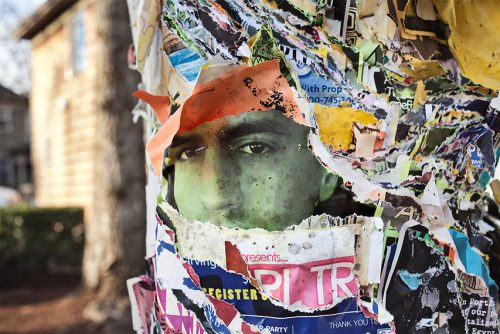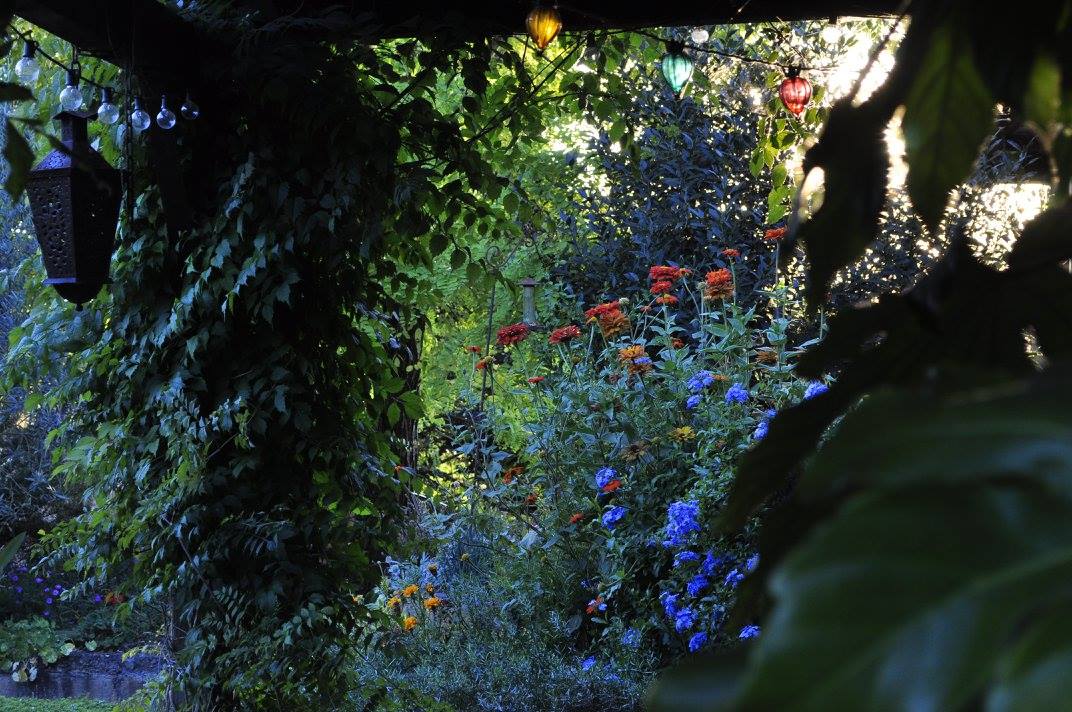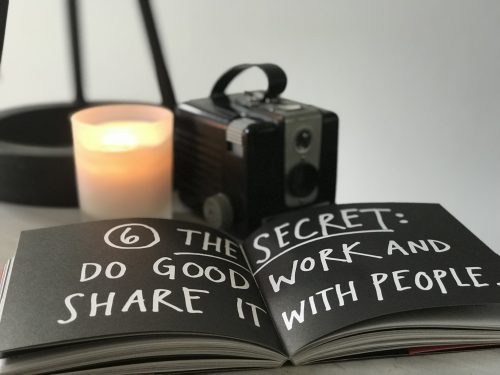Peru was vibrant and ranged in climate from snow to scorching heat in the Amazon. It was delightful in every aspect – from our hike at Machu Picchu to our the Textiles in Chinchurro I will never forget this trip or the culture.
To see images from Rainbow Mountain or the Amazon head on over to the other look books.
Our Trek:
Day 1: Fly into Lima. Grab a Taxi. Pray to God we made it to our hotel in Miraflores in one piece. (Driver was insane! But really they all are.)
Day 2: In Miraflores – explore the ocean and coastline of Lima. Go to Lacomar and eat above the water at a nice restaurant. Walk to the Lighthouse. Explore the city. Take an evening walk by the waterfront.
Day 3: Started at 5am as we went back to the Lima Airport and flew to Cusco. Meet our private guide and head to Ollantaytambo. While driving, stop at Chinchurro to see how textiles were made by the locals. Another few hours on the road to Ollantaytambo and check in to our hotel- grab lunch then head over to Pumamarka Ruins. (GORGEOUS and not filled with any tourists) Explore the city and grab dinner.
Day 4: Start at 7am. Visit the Incan Fortress in the town that we had been looking at on the hillside by our hotel. Go to the Salt Mines via a back road and see views of all the Sacred Valley. Head to Moray and learn about the Incan Farming tactics. Back to Ollantaytambo for the night.
Day 5: Start at 5am and head to the train station. Take a train and a bus to Machu Picchu. Hike around the city of Machu Picchu then enter the trail for Huana Picchu and the Moon Temple. A long steep climb of a million stairs up to the top at 10,000 ft. Stairs back down to the valley for the Moon Temple in a cave and then the same long climb up to Machu Picchu city. Bus back to the town- grab food and catch the train back to Ollantaytambo.
Day 6: Easy morning. Head to Cusco at 11am with a stop at the Pisac ruins (again EMPTY and gorgeous) and the Pisac market. Once in Cusco head to Hotel- Illa Cusco. Walk around and explore the city (very touristy) but we had the BEST food of our entire trip and finally a Pisco Sour.
Day 7: Starts at 2 am. Check out of Hotel and get picked up by our guide for the Rainbow Mountain Hike. Long bumpy ride to Rainbow Mountain, start our hike in the snow as the sun starts to rise. First group (6 of us hikers) to the top with a stunning view and elevation of 17,000 feet. Decend the mountain, meet a llama again, and generally feel like a total badass. Back to Cusco City main square for a few hours, grabbed some food and took a Taxi to our overnight bus.
Day 8: Overnight bus to the Amazon (Puerto Maldonado). Wake up in a hot, stuffy space, feeling less than rested or well. Wait at the bus station for driver from our lodge. Head to the port. Take a boat to our lodge on the Amazon. Check in. Start sweating- only to find out you will never stop while in the jungle. Afternoon boat to the Island of the Monkeys and return by dusk for some dinner. Do a night boat ride to see the Camen.
Day 9: Leave at 4:30am by boat to see the parrots who come in droves to lick minerals from this rock wall. Return for breakfast. Leave again by boat to hike Lake Sandoval. Then get in a rutted canoe in a swamp in order to get out to the lake. See SOOOO much stunning wildlife. Return to lodge and eat dinner. Do a night walk to see the insane creatures out there like Tarantula and feel a little more respect for the jungle.
Day 10: Breakfast and time to pack up. Boat ride back to the port. Bus ride to the airport. Get on a plane to Lima.
Day 11: ORIGINAL PLAN: Get to Lima and have a 12 hour layover. Go past security and pay to get into a lounge so we can shower, get some sleep, and free Wi-Fi. NEW PLAN: Get to Lima. Realize they will not let us past security until the day of our flight at 2am…meaning we have 10 hours the sleep on a concrete floor in a hallway with many other smelly passengers like us. Luxury was not happening.
Day 12: Get into Toronto Canada. 6 hour layover. Feel blessed to brush teeth, wash face and use toilet paper. Change in the bathroom with a pit wipe and watch my sweat drenched hair finally dry after 3 days in the Amazon.
Day 13: Arrive home (Portland). Shower. Crash.
______________________________________________________
